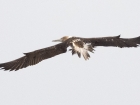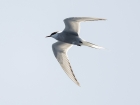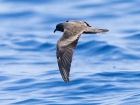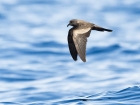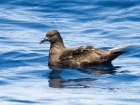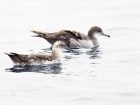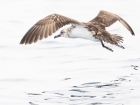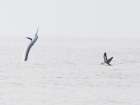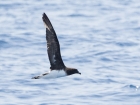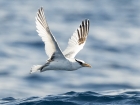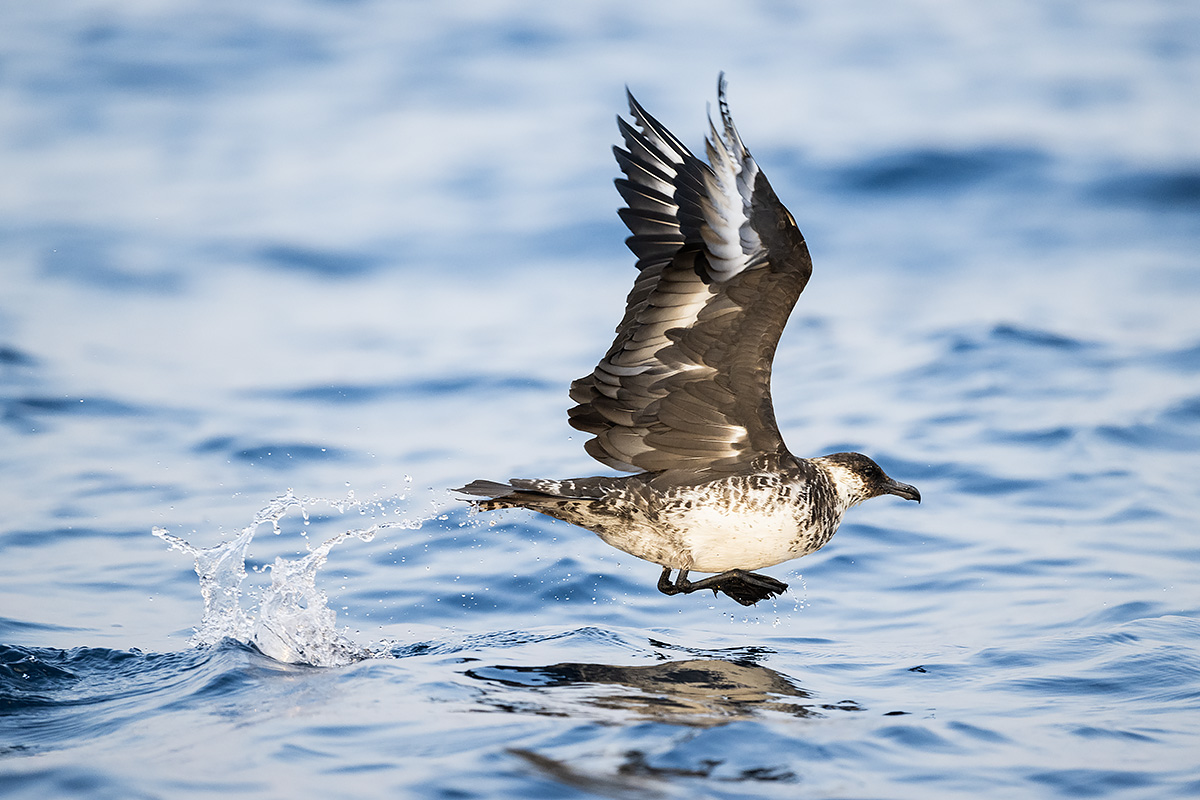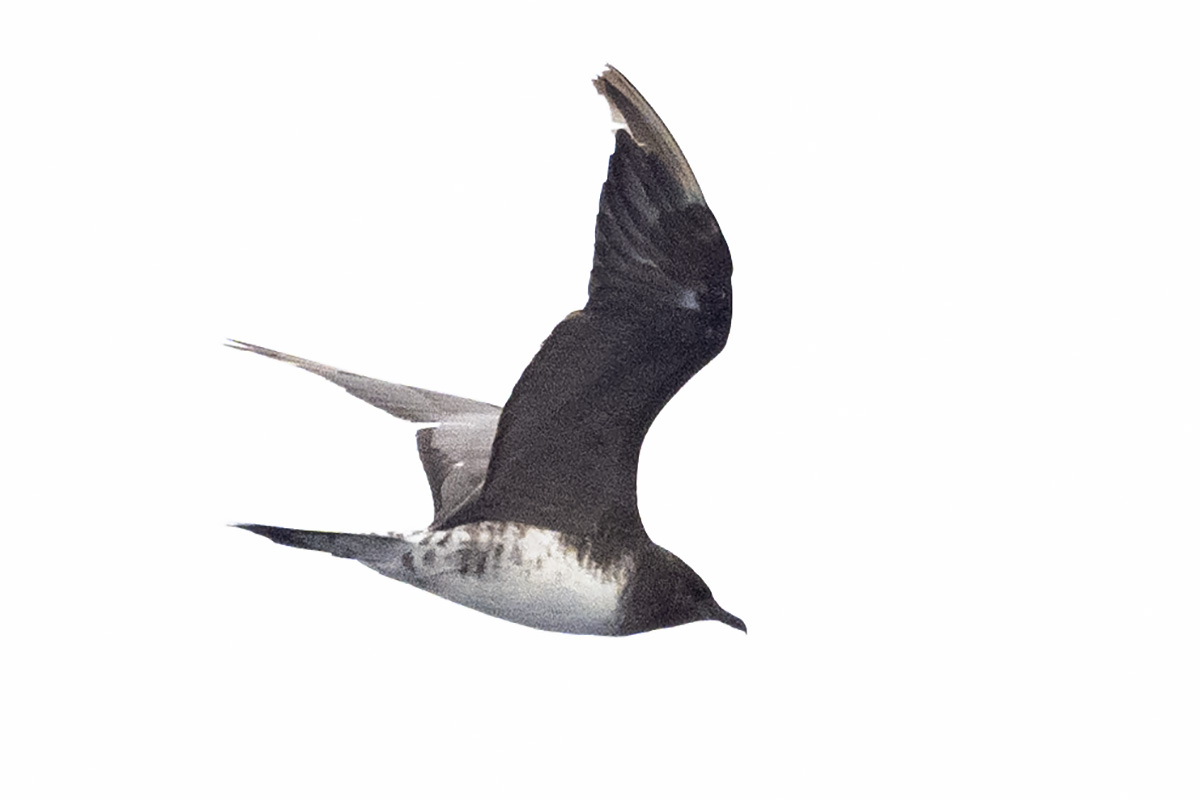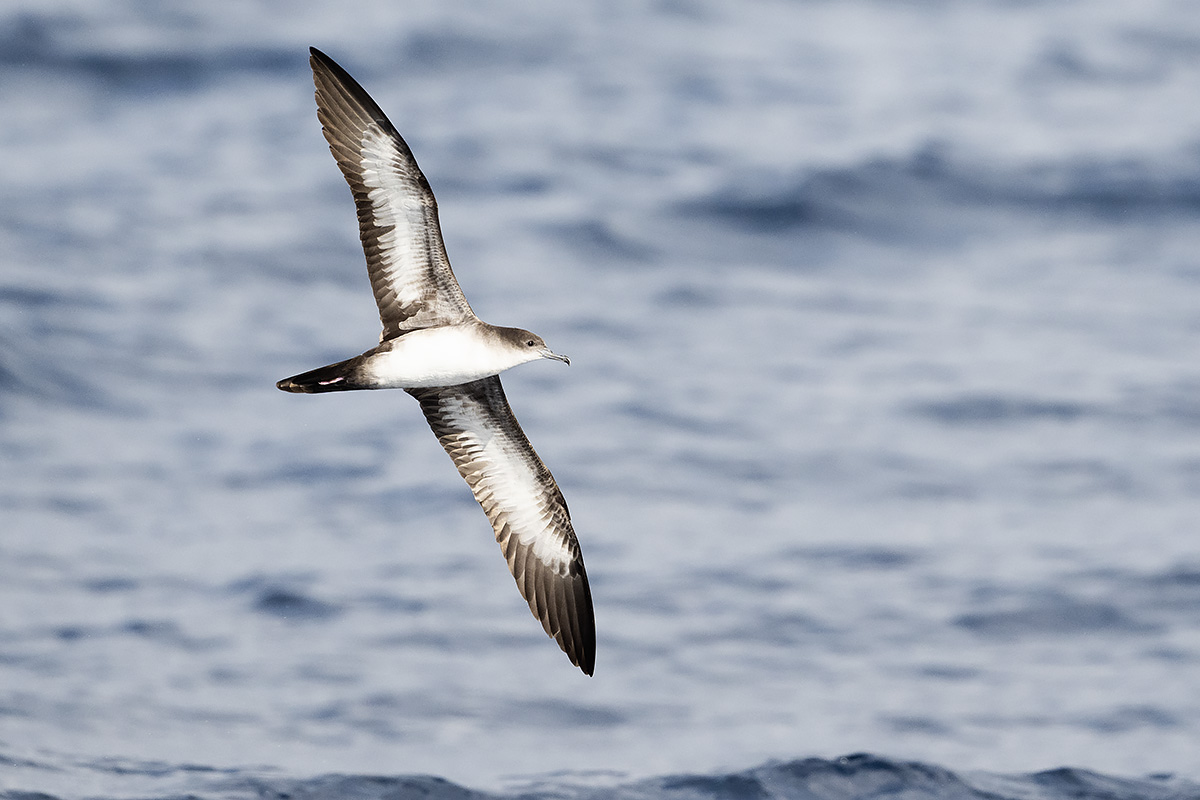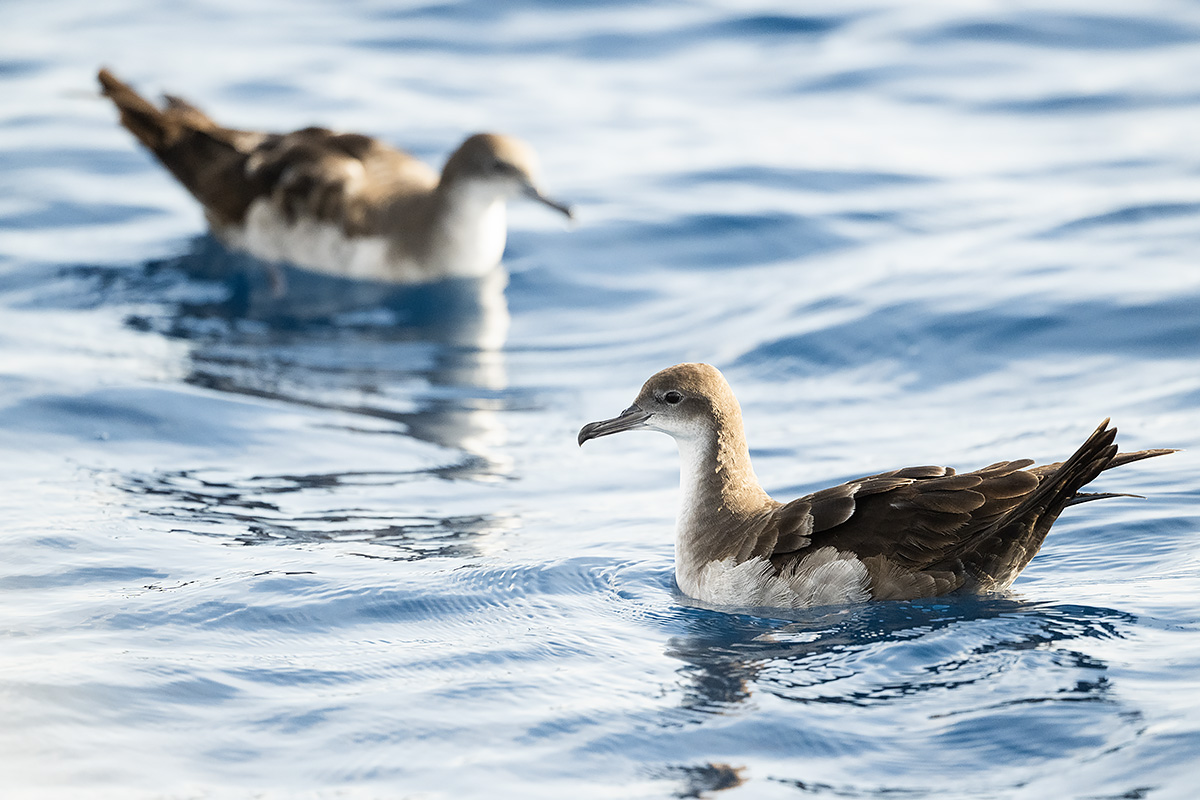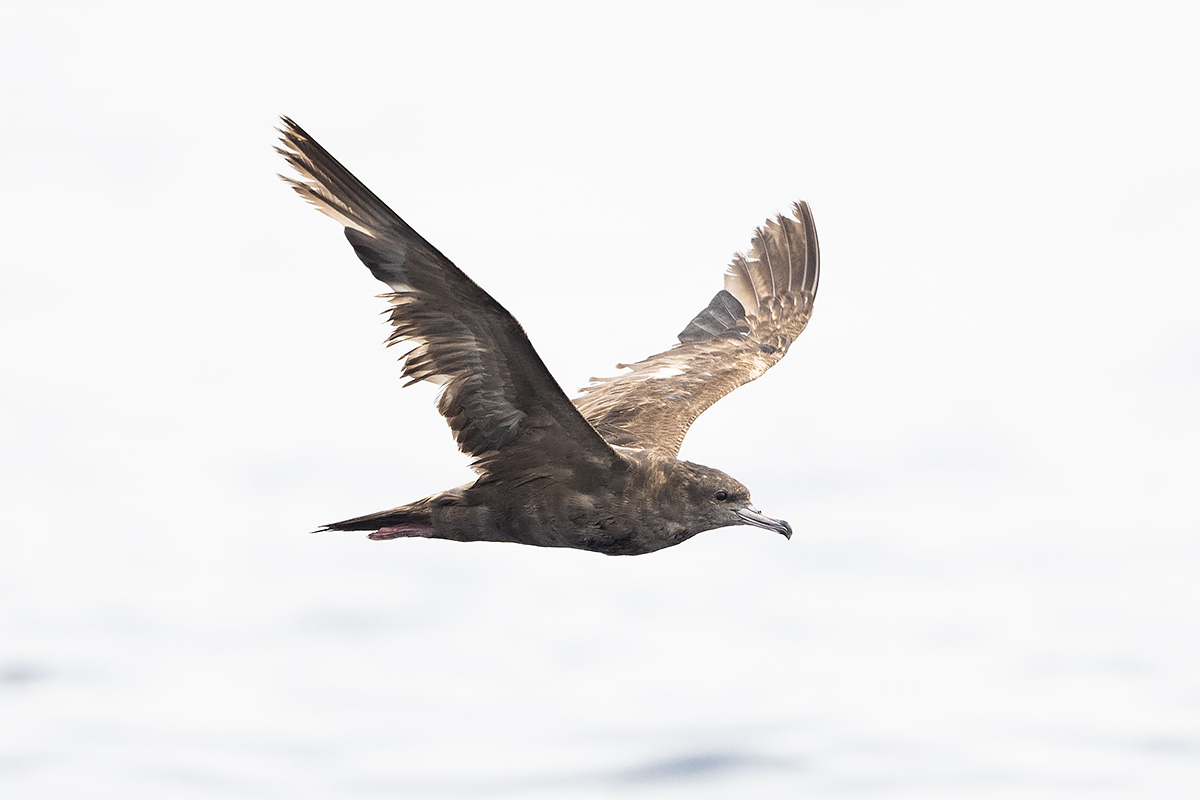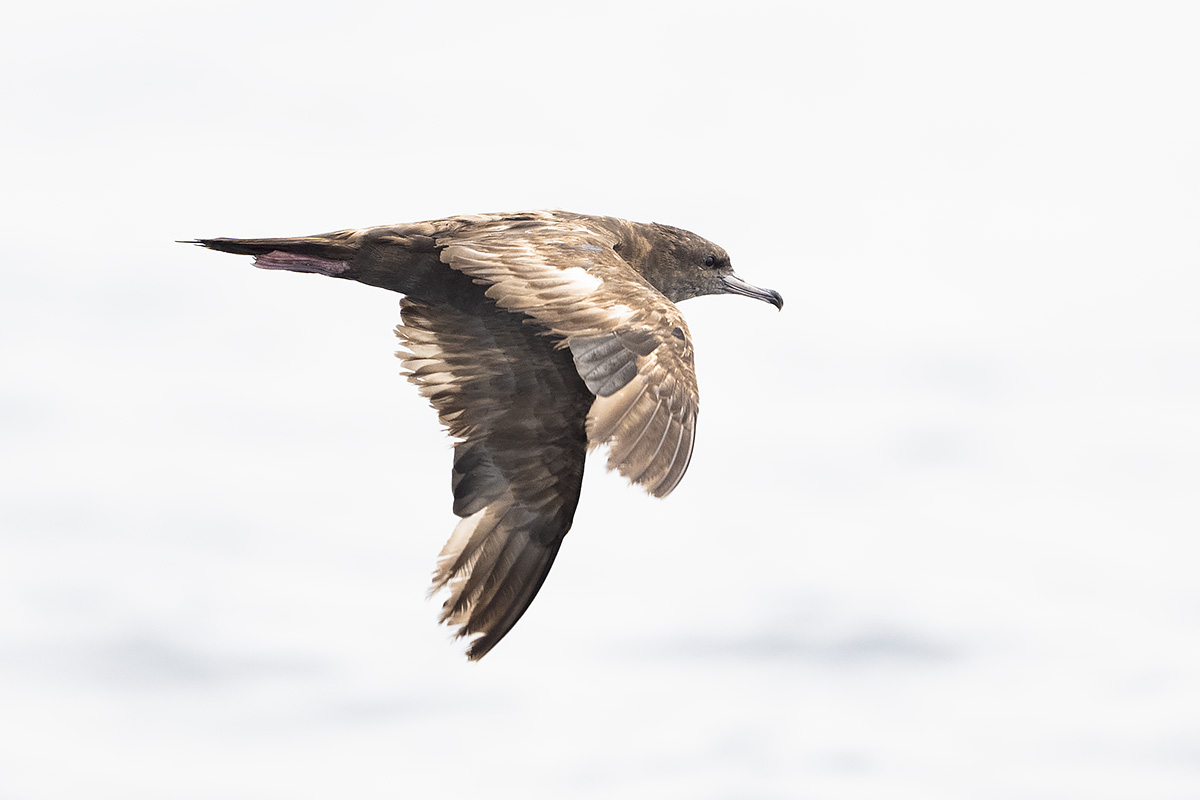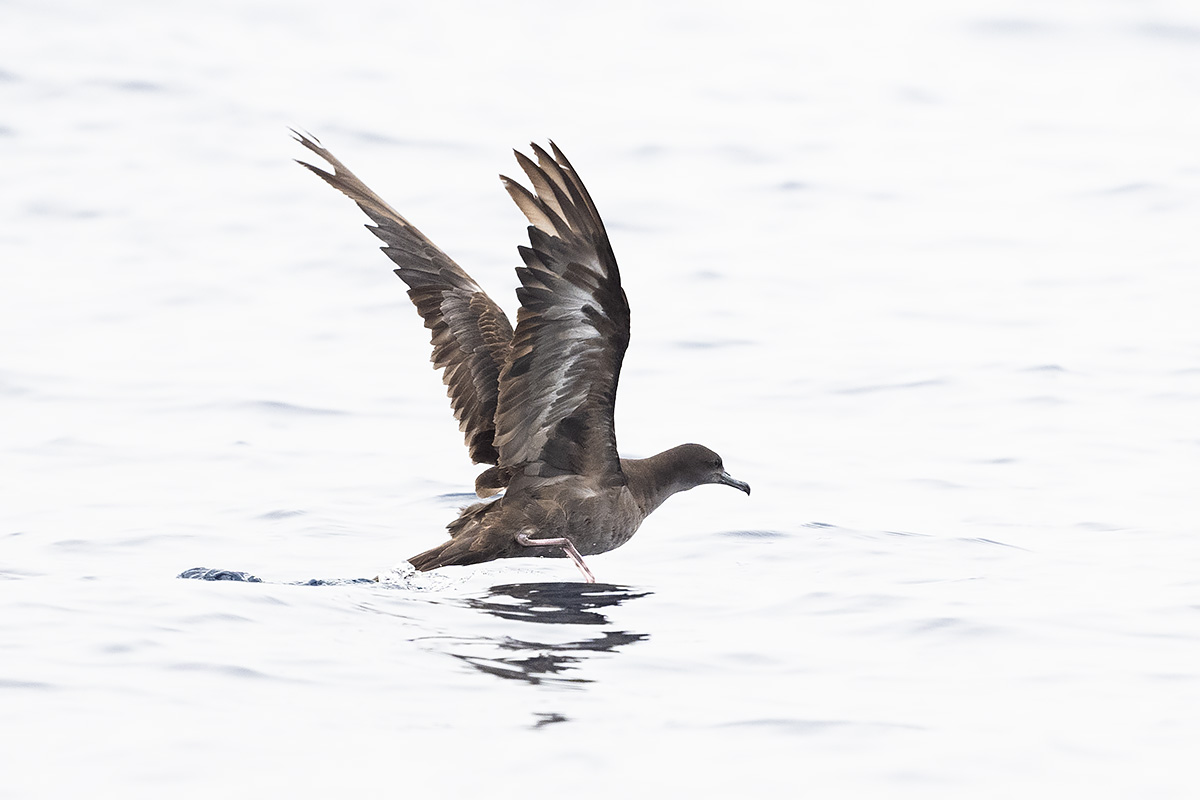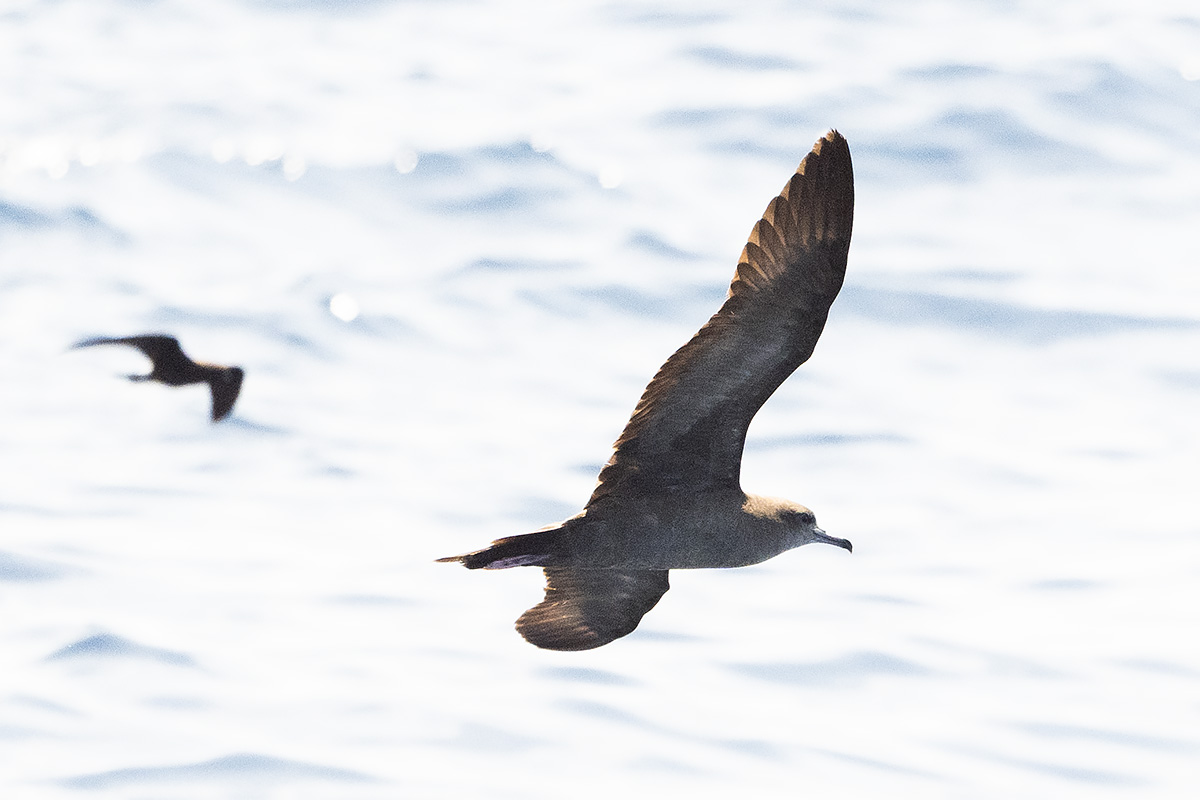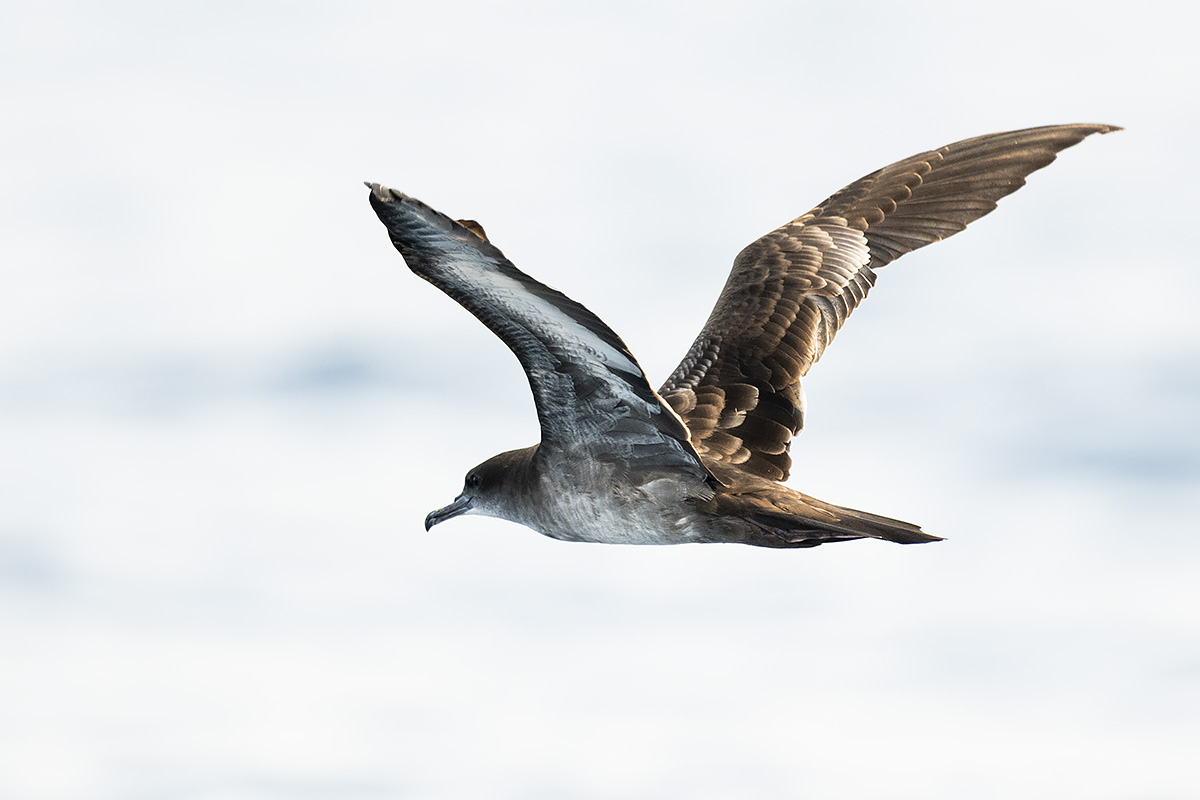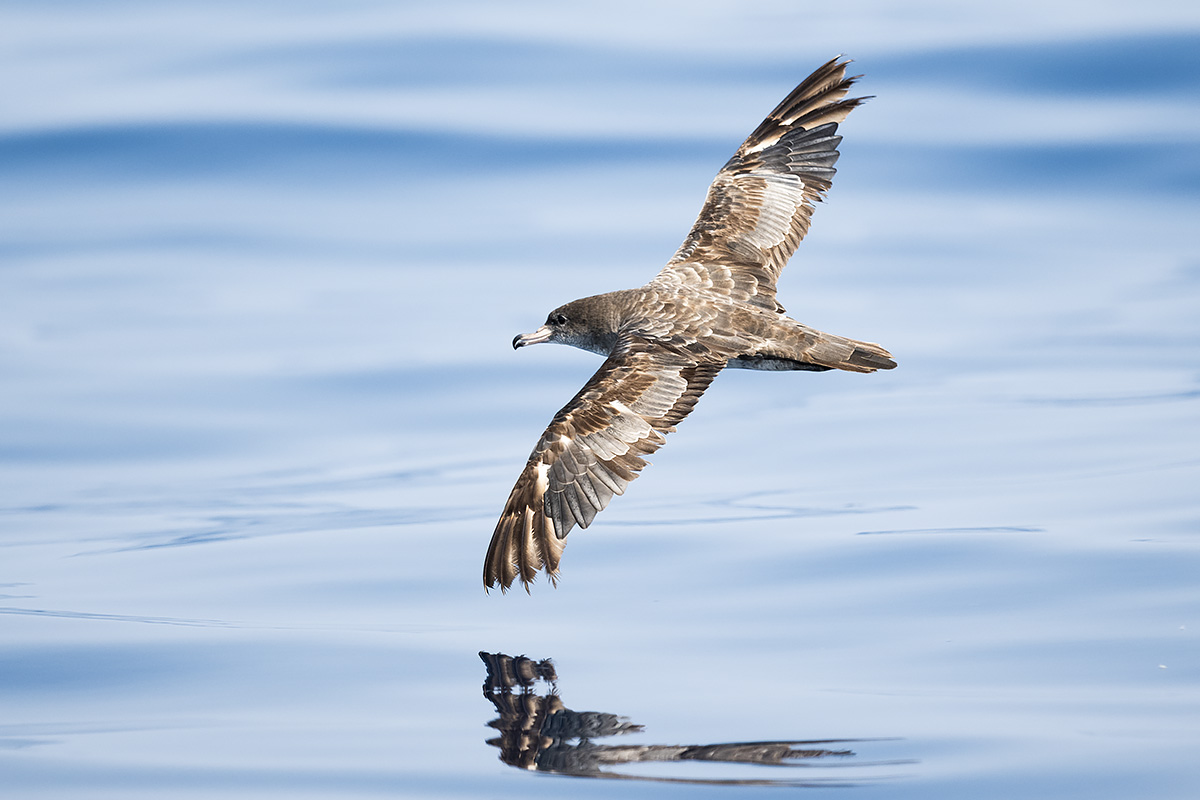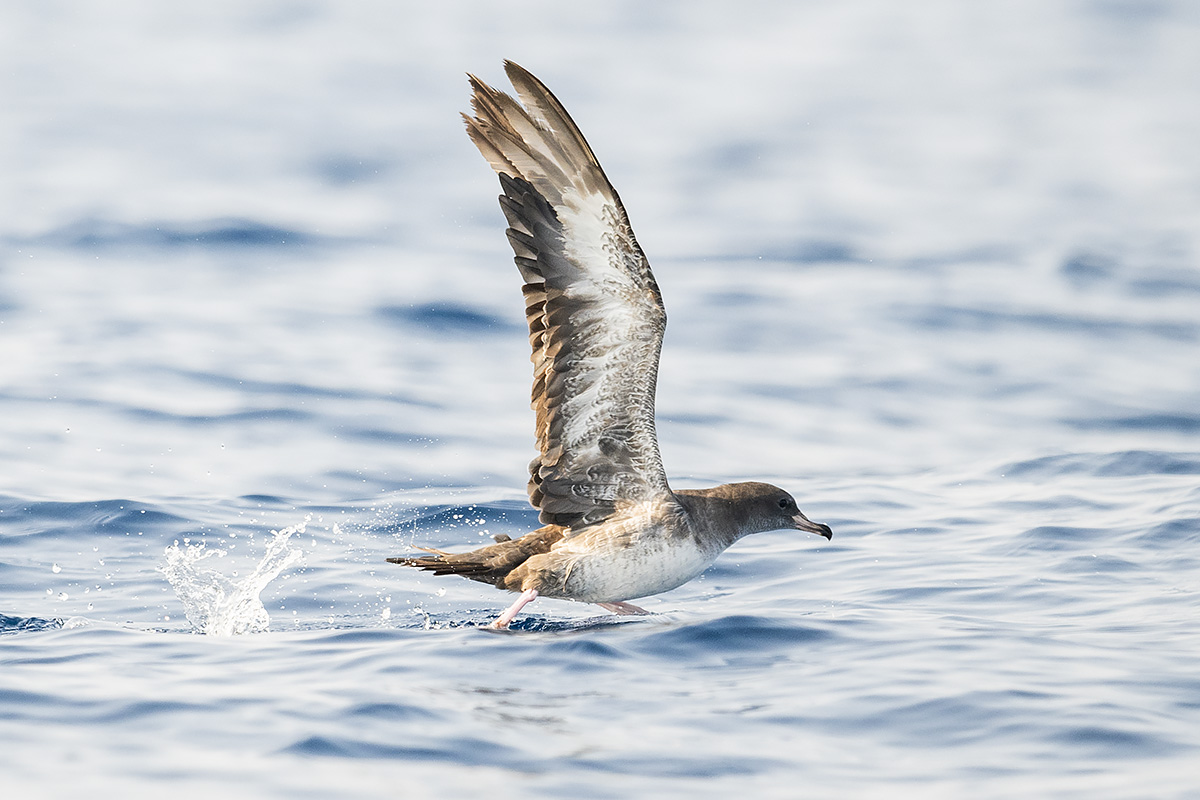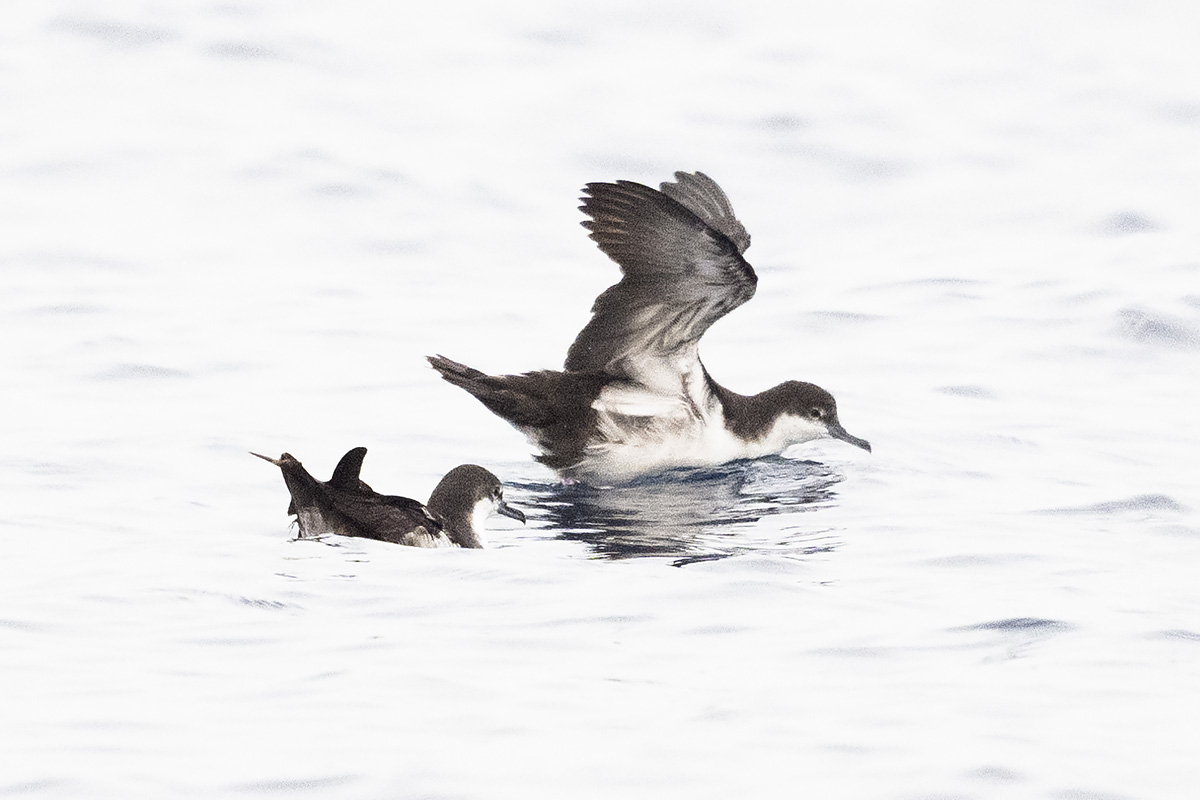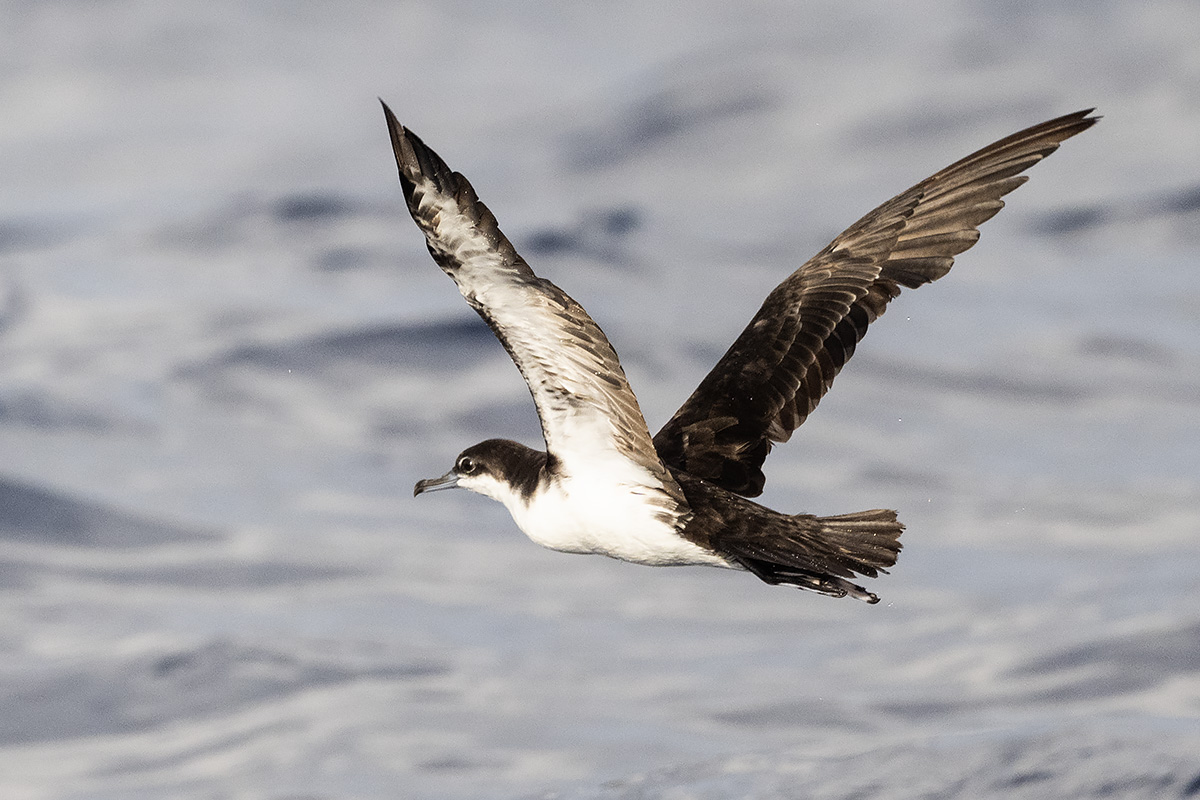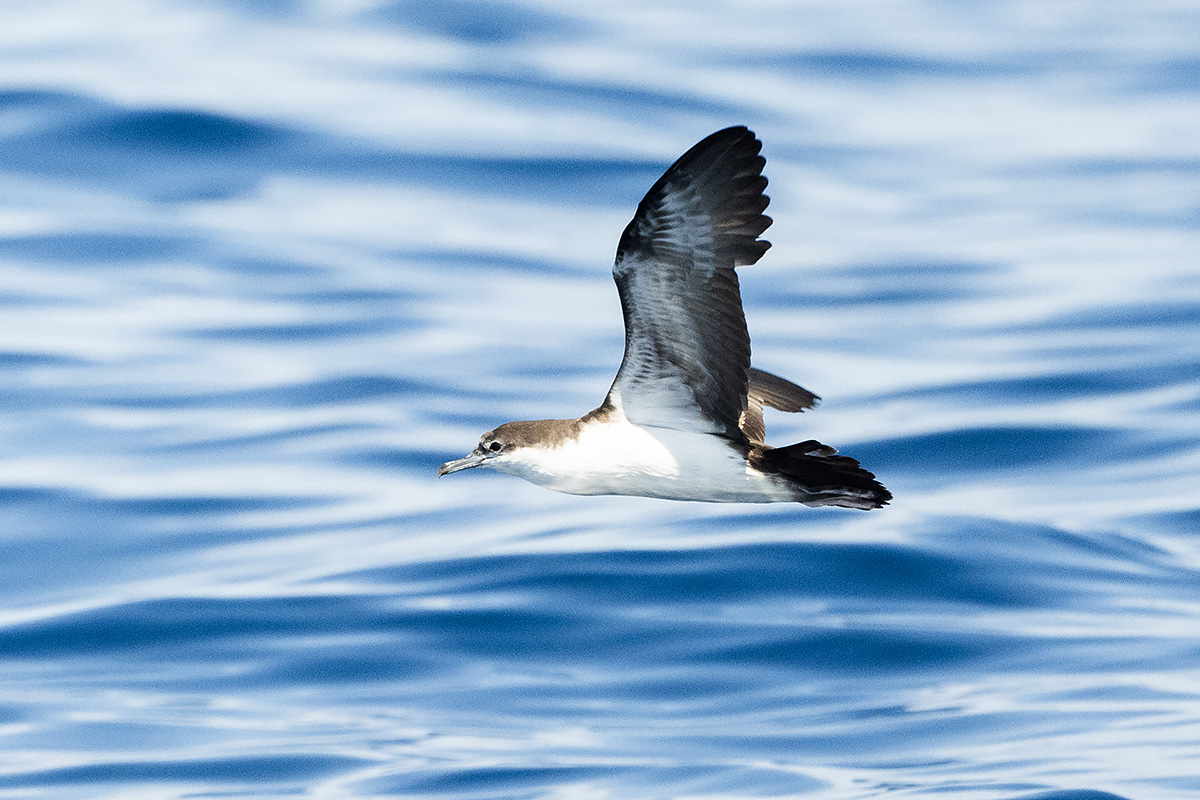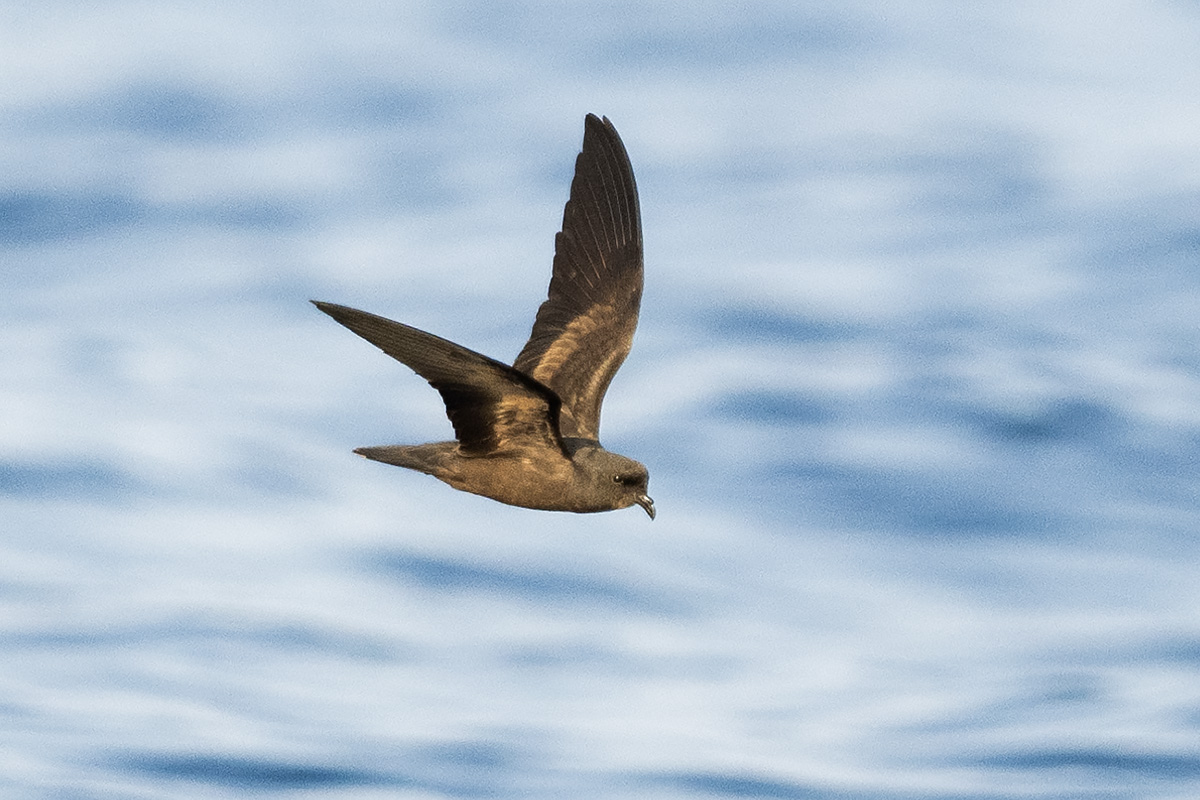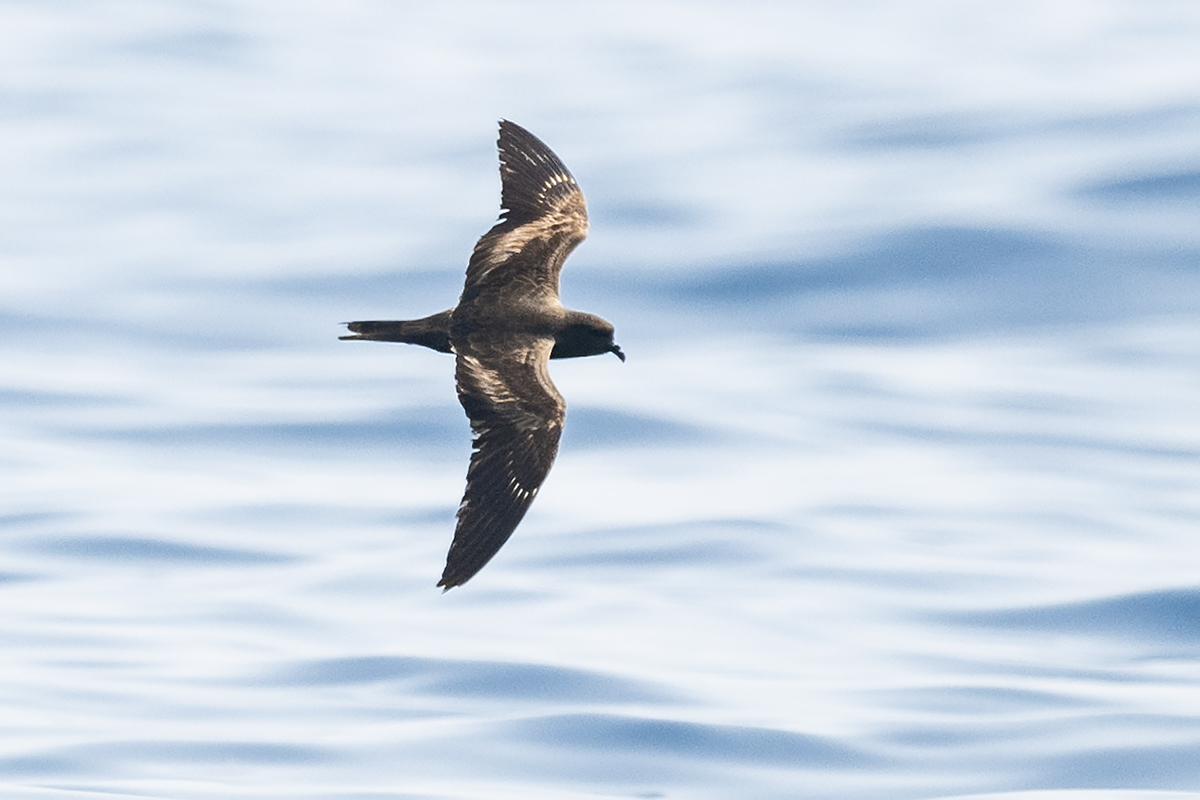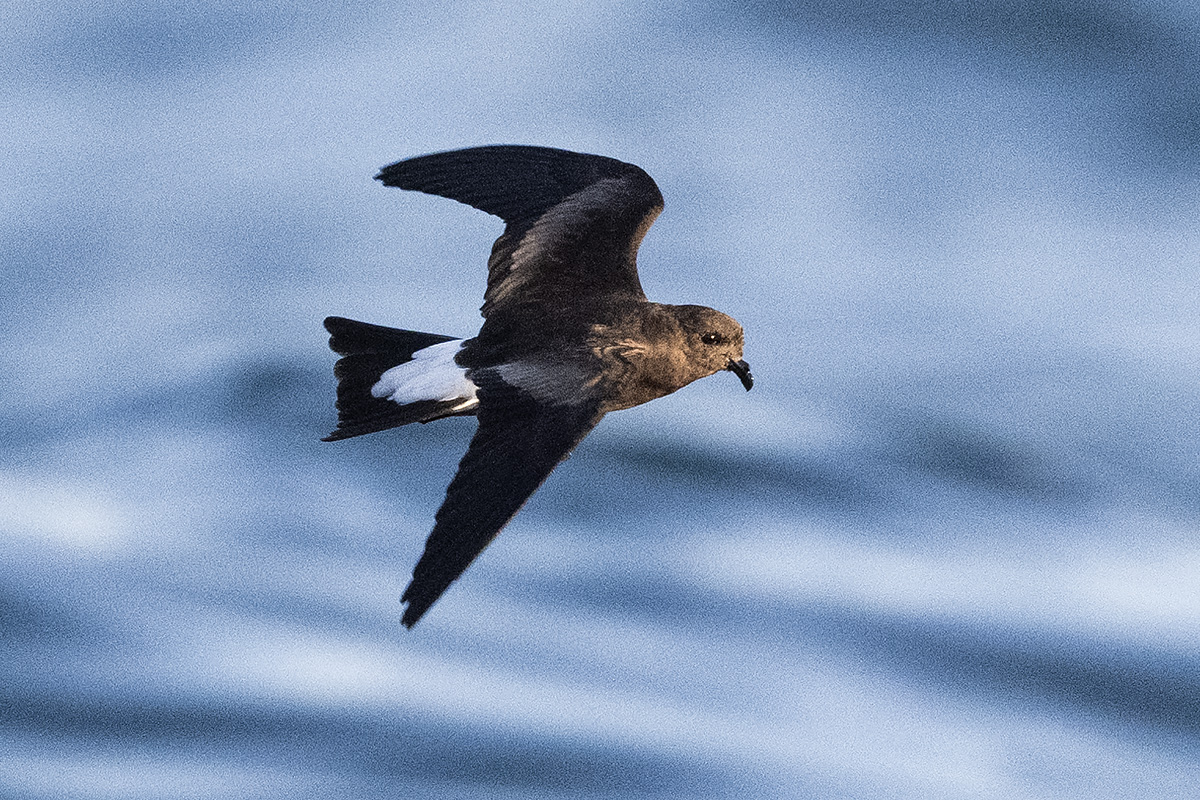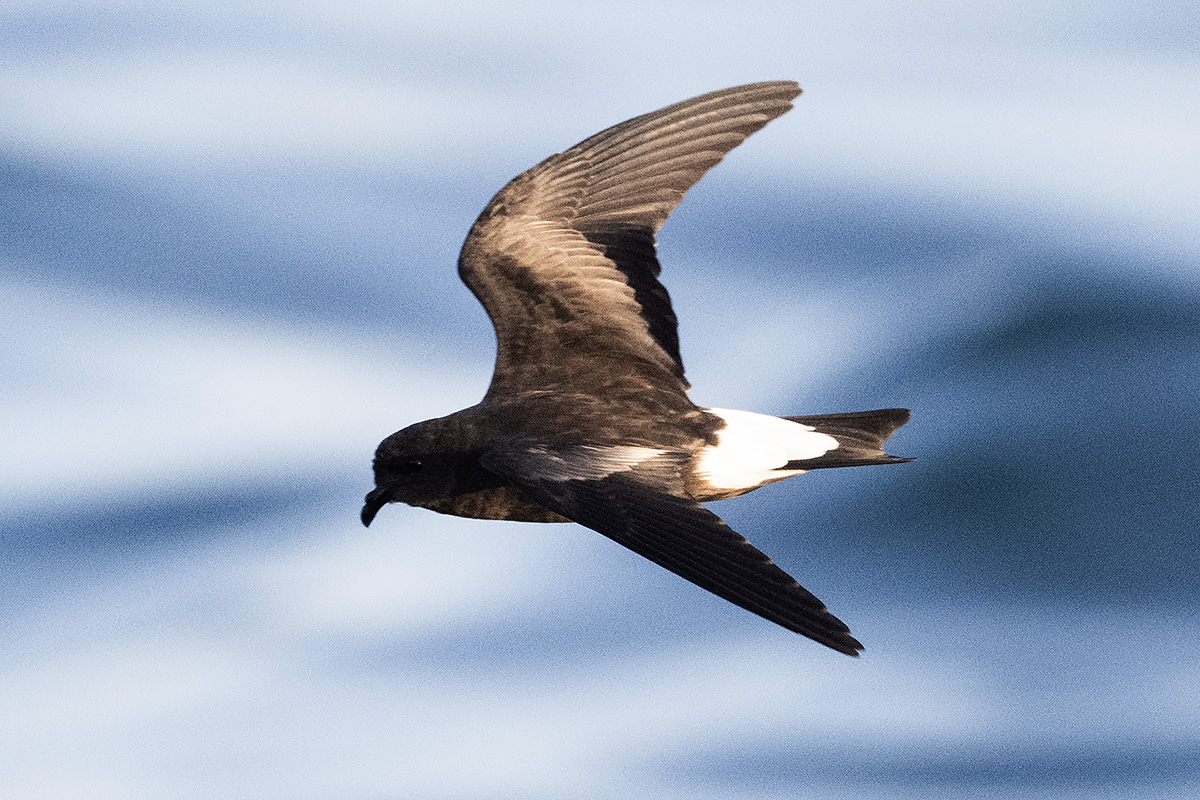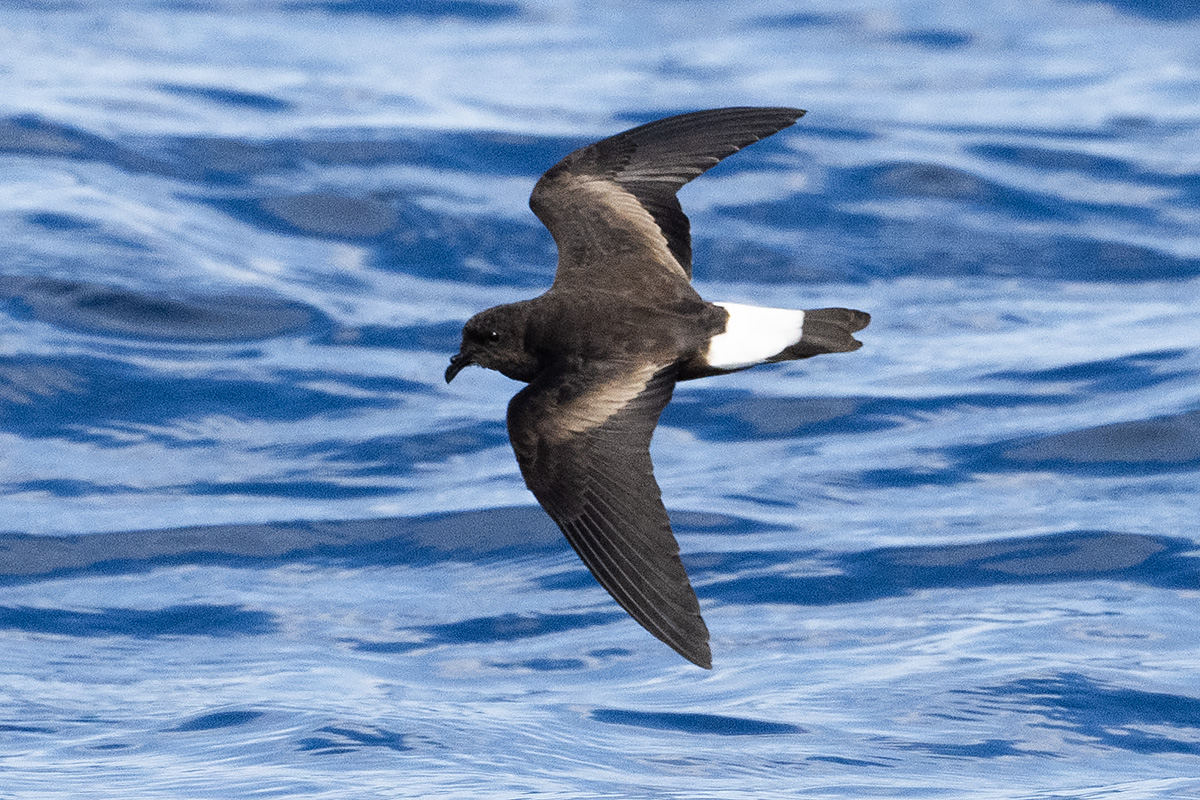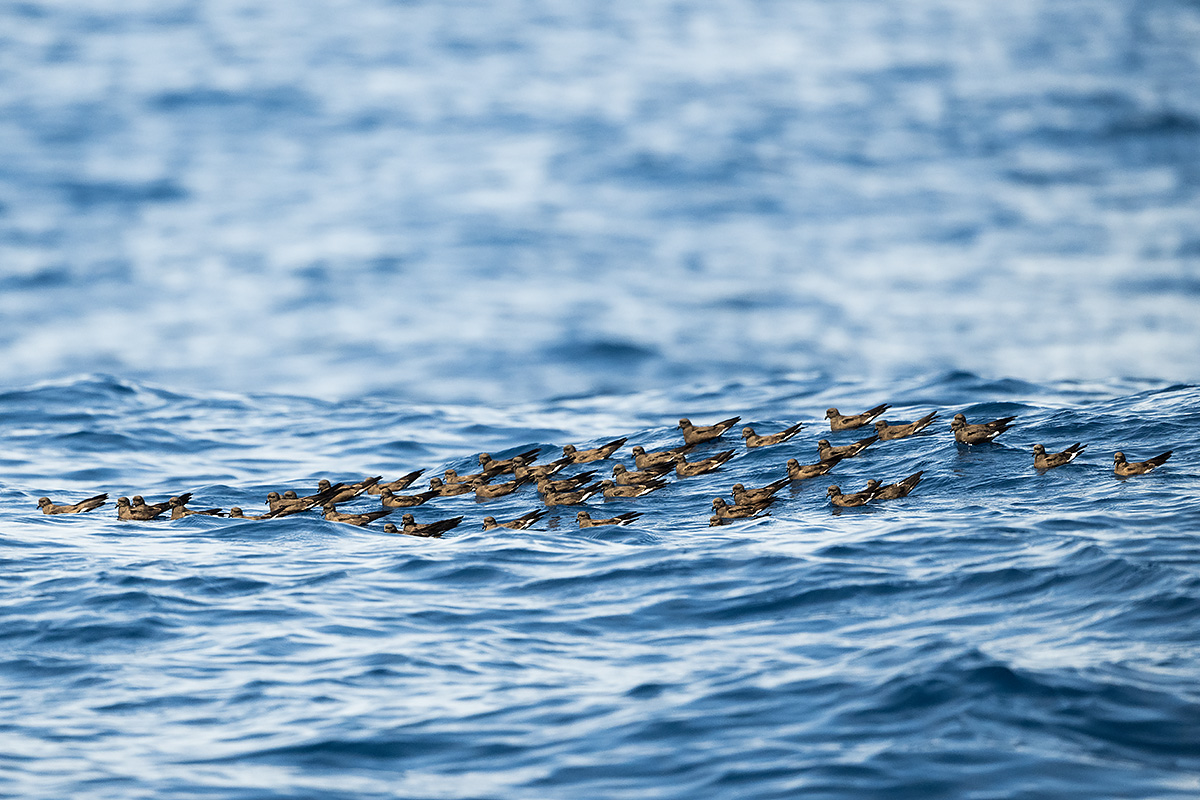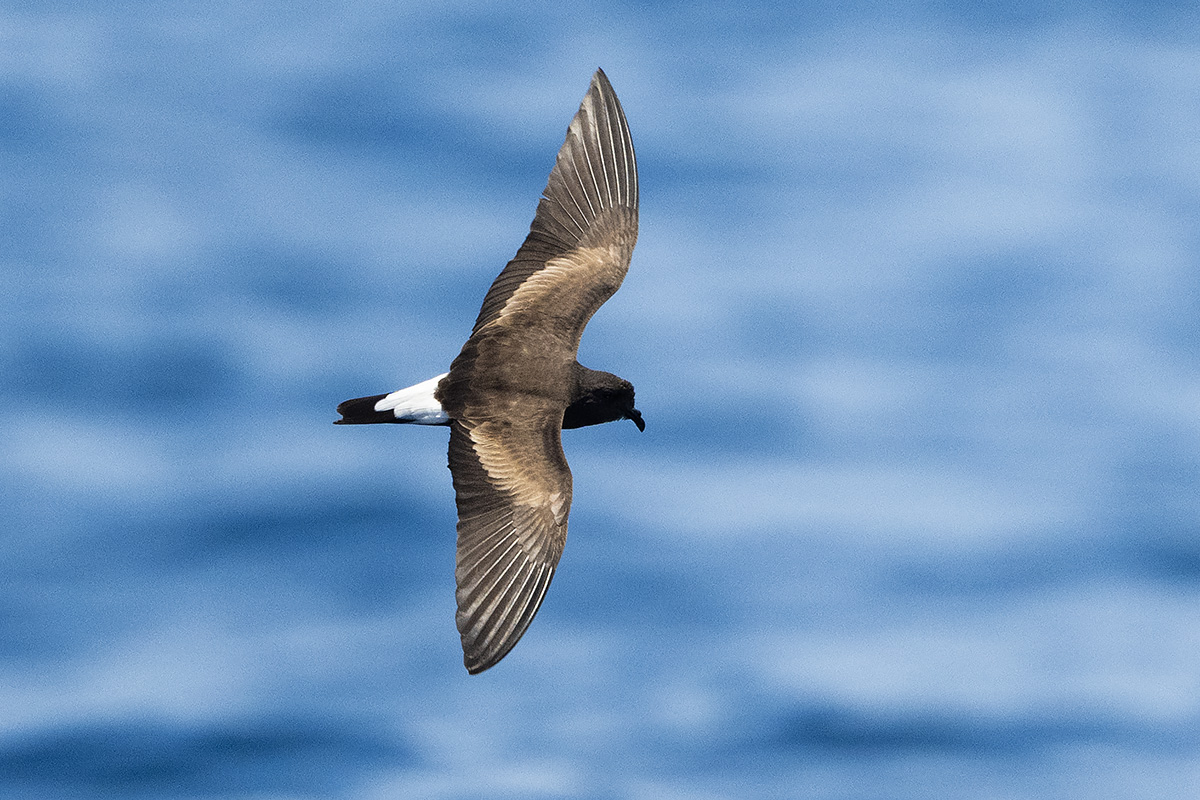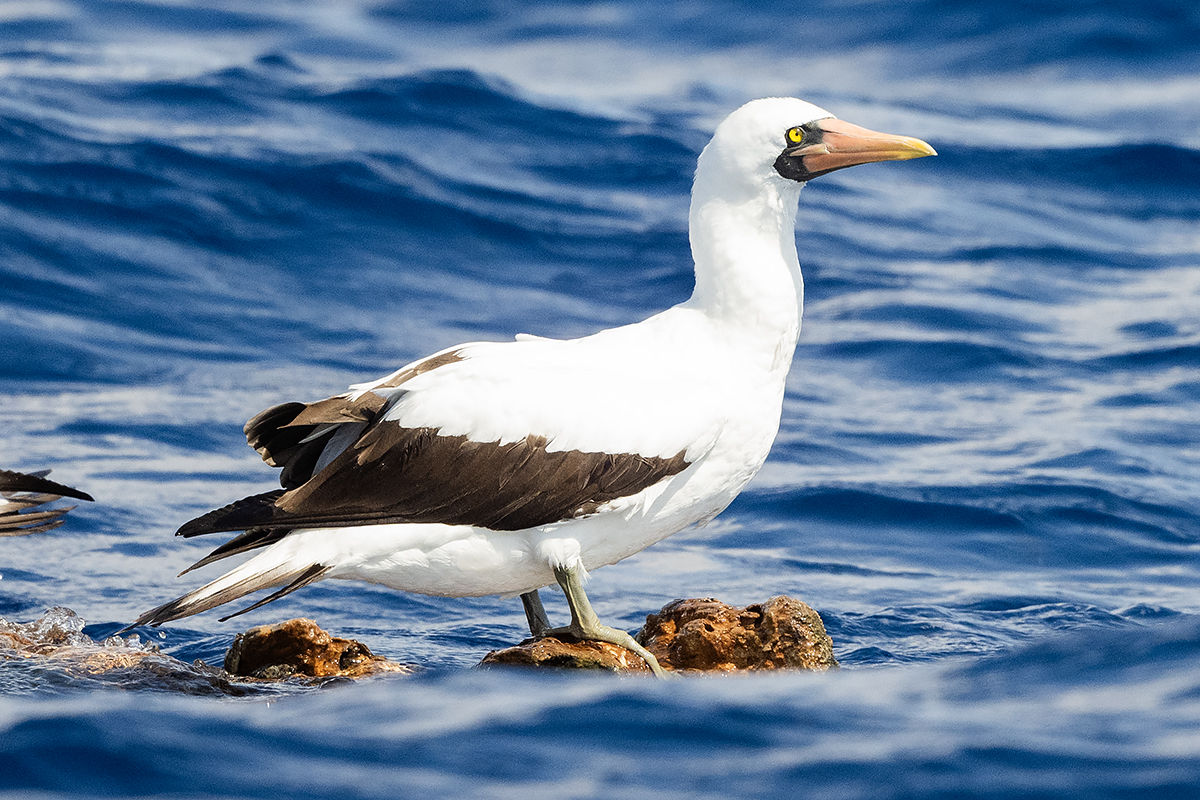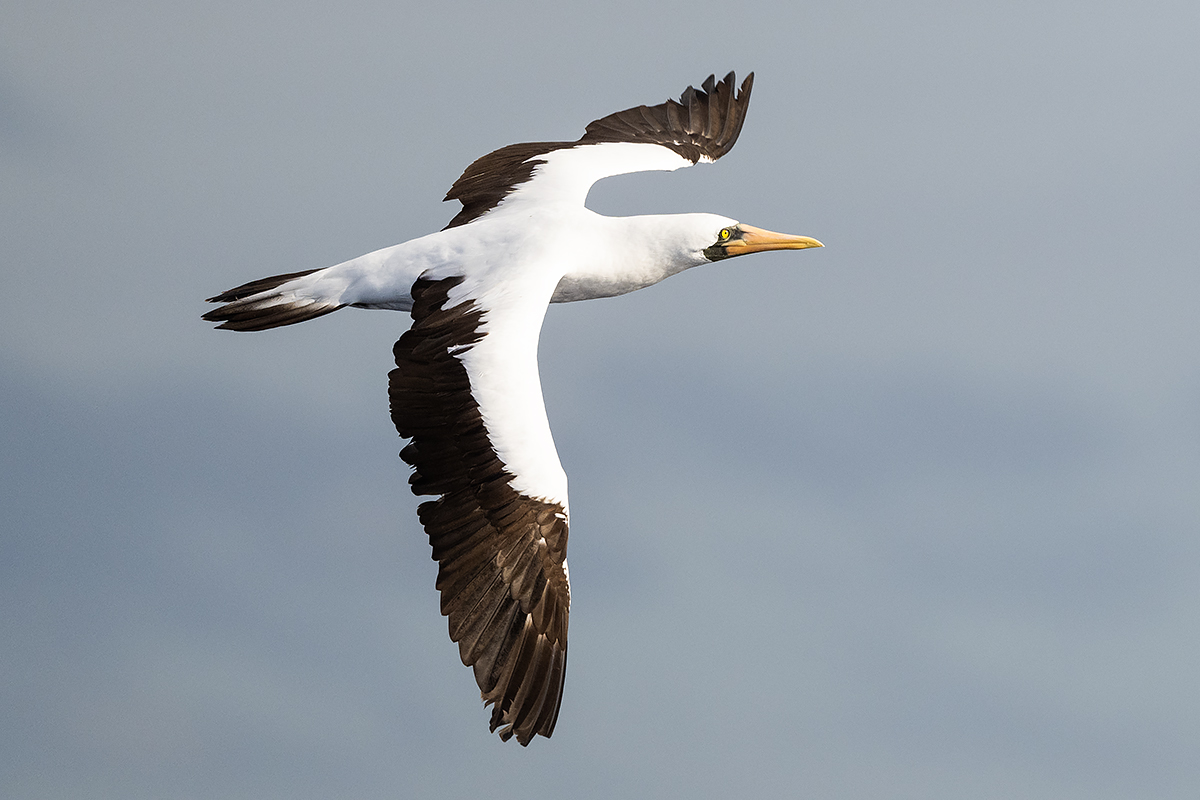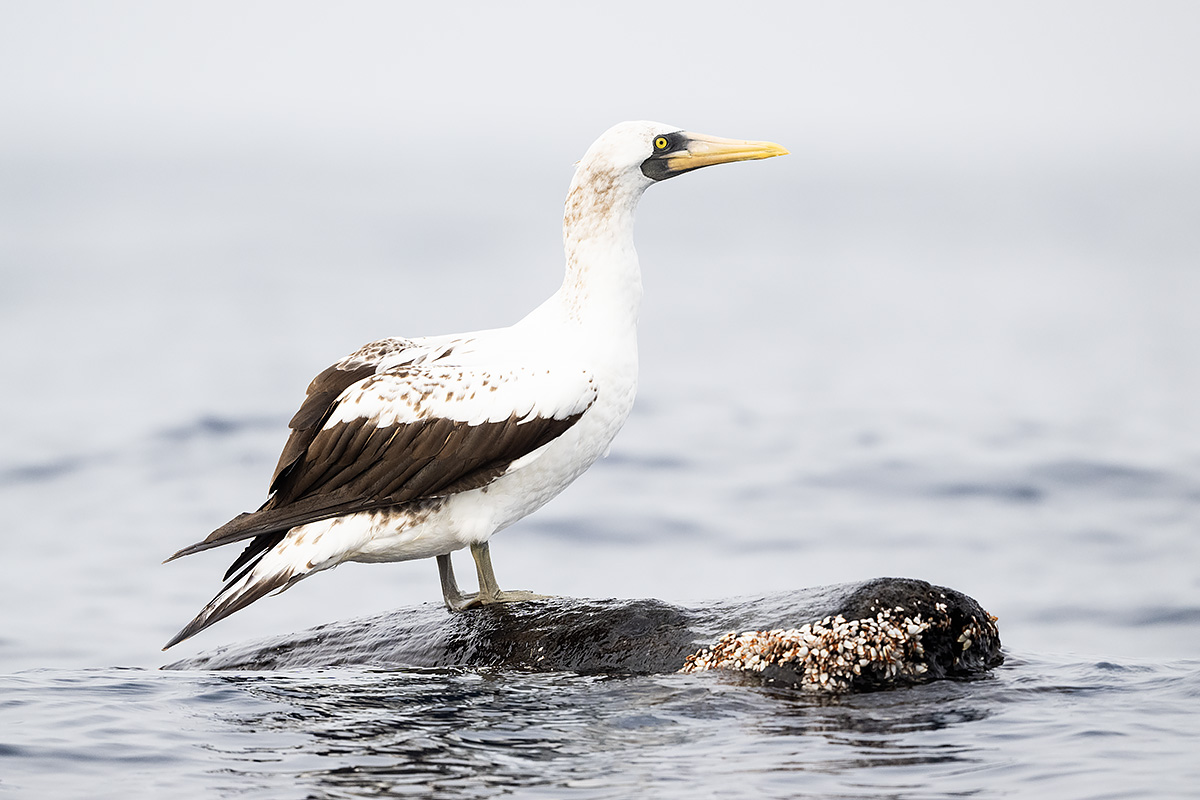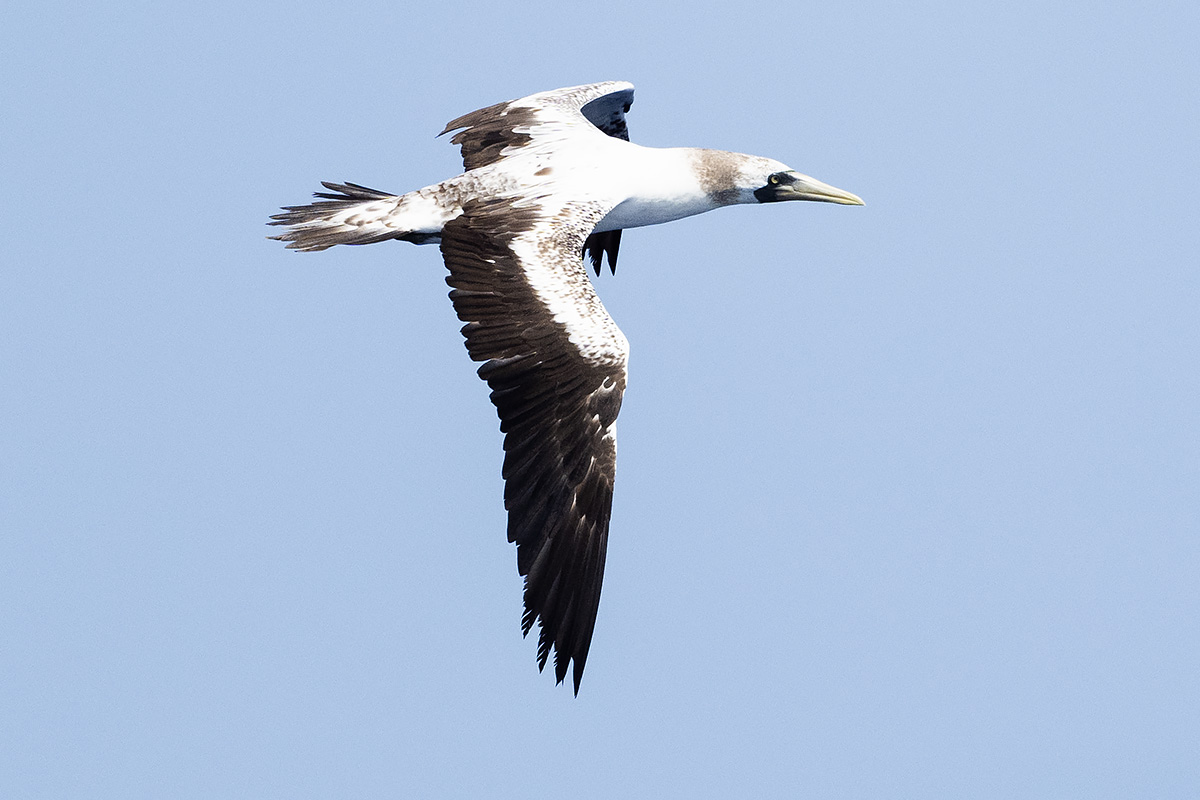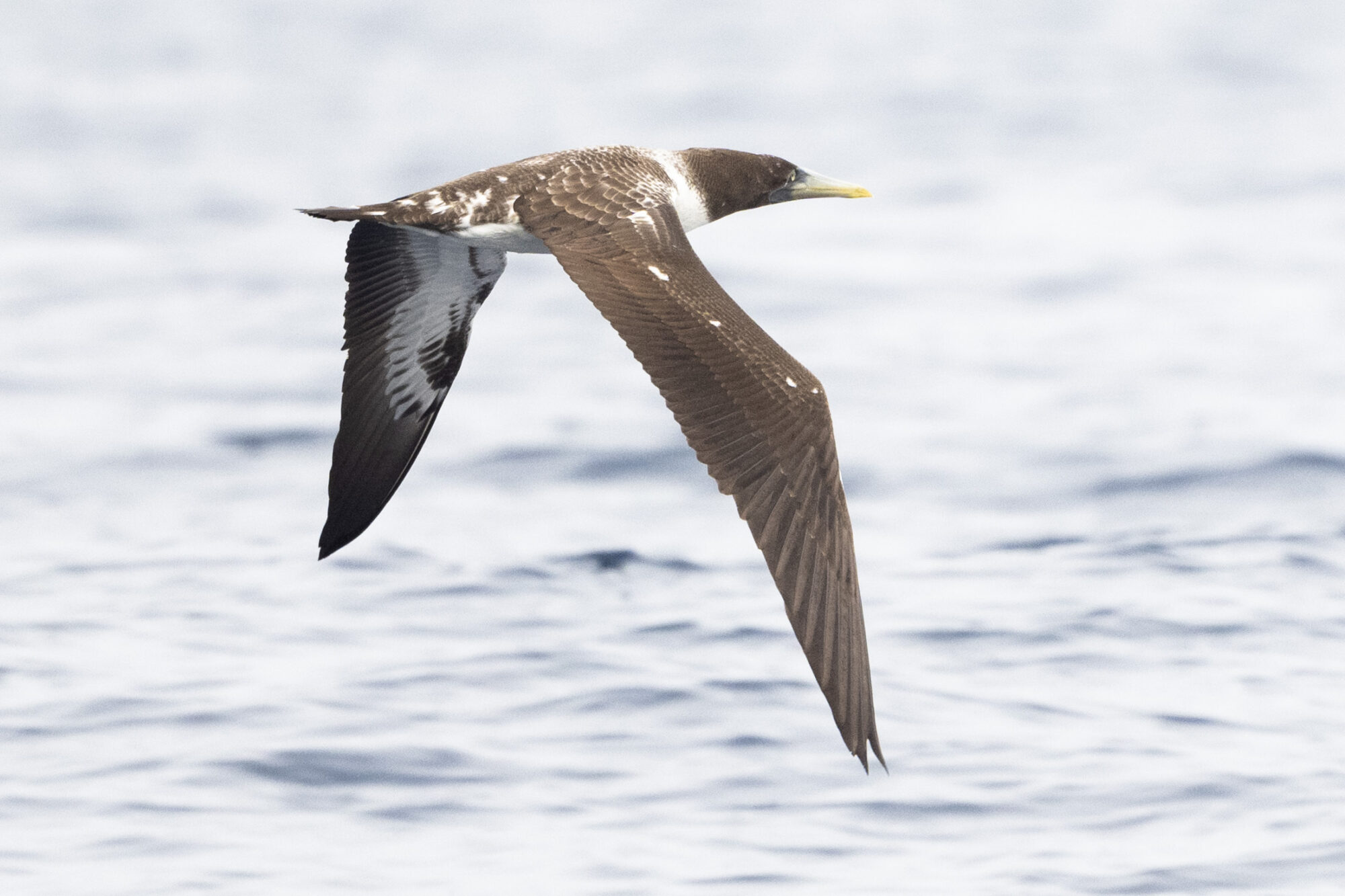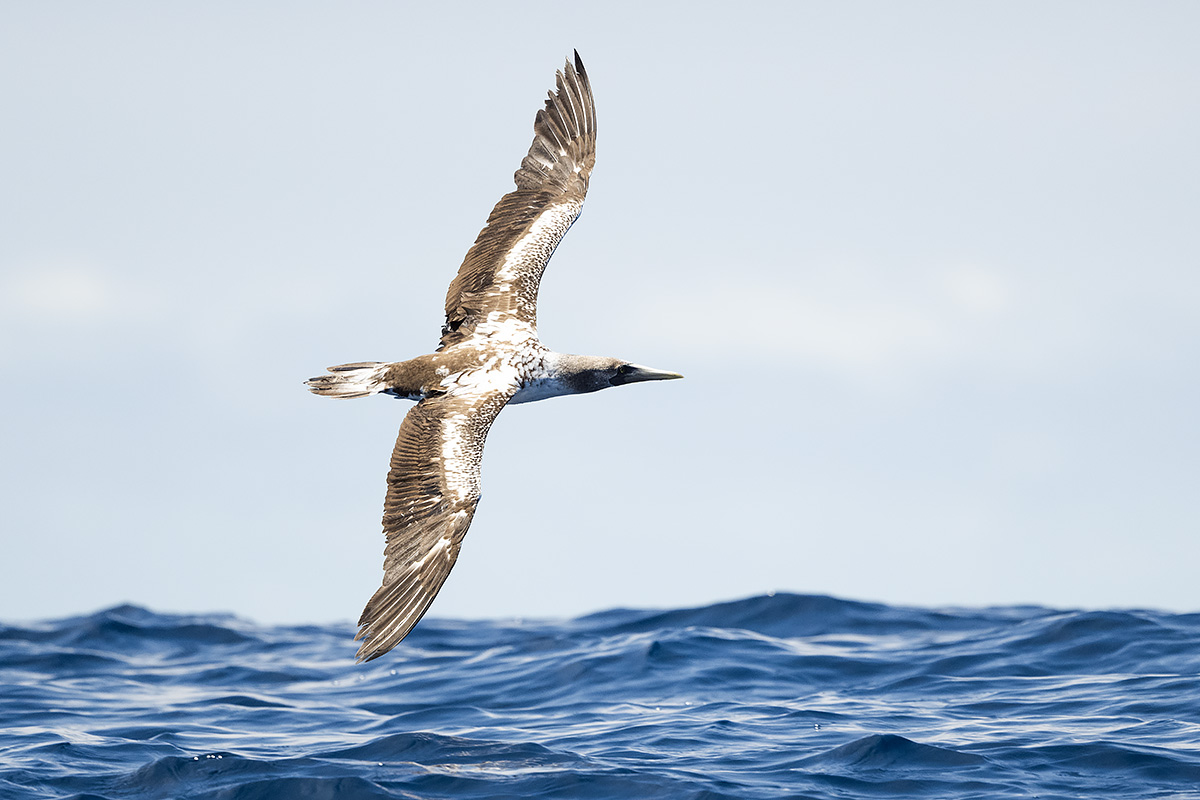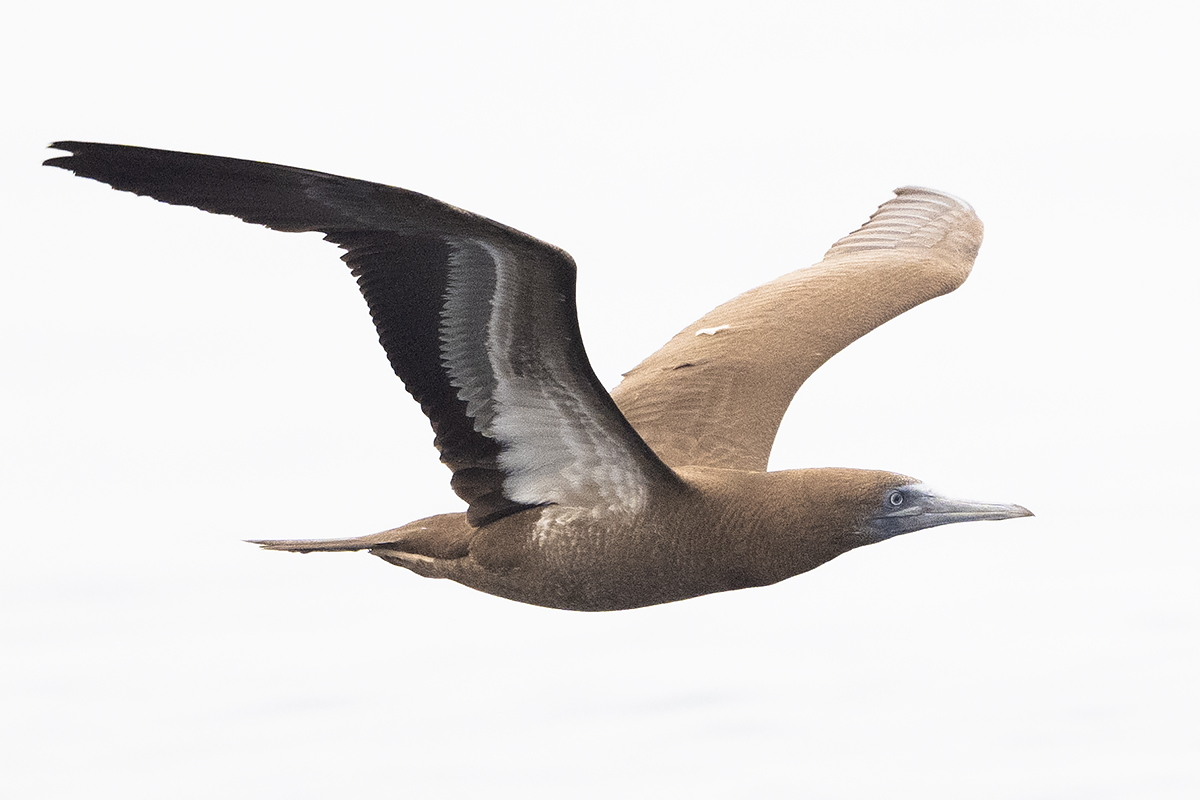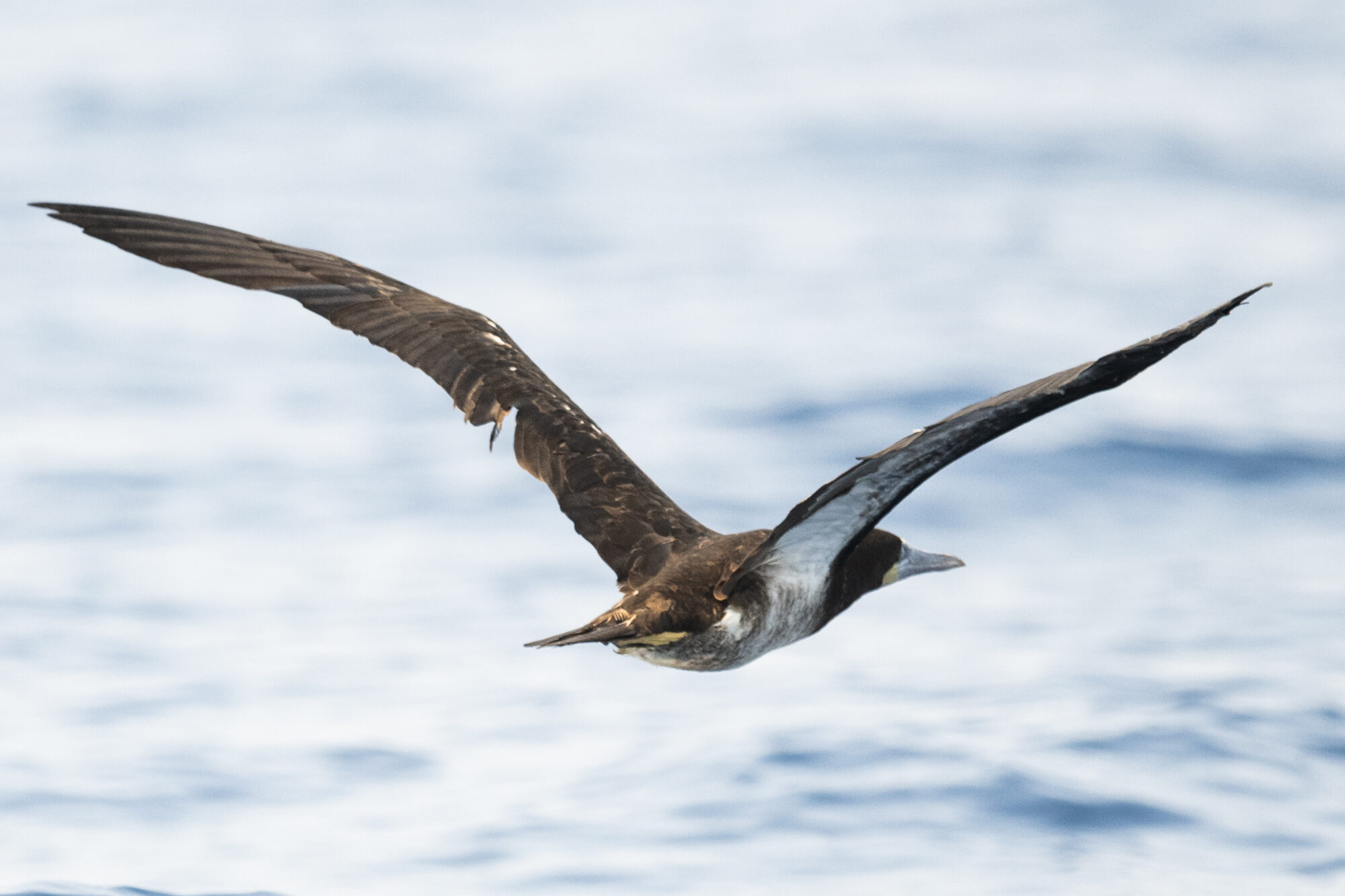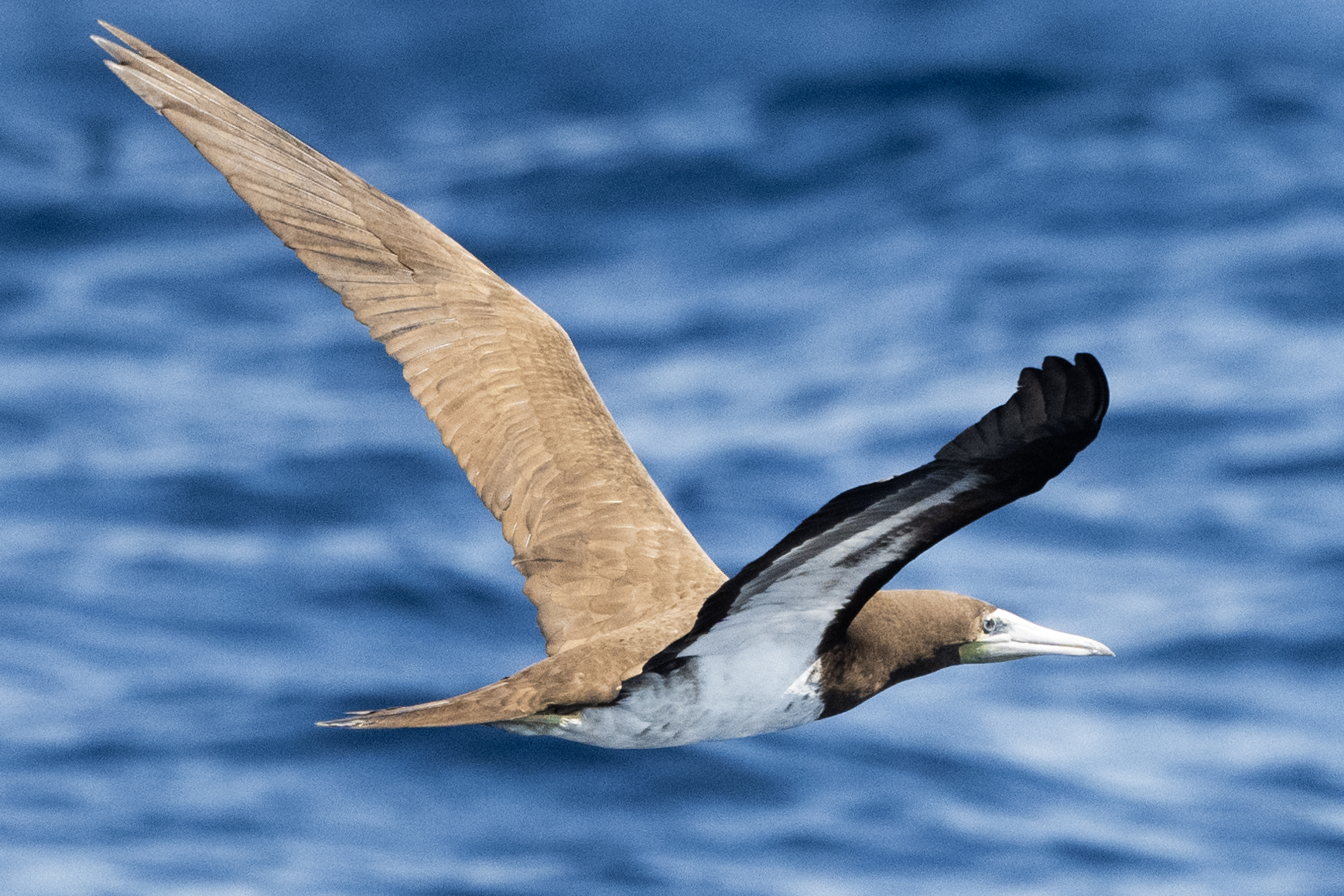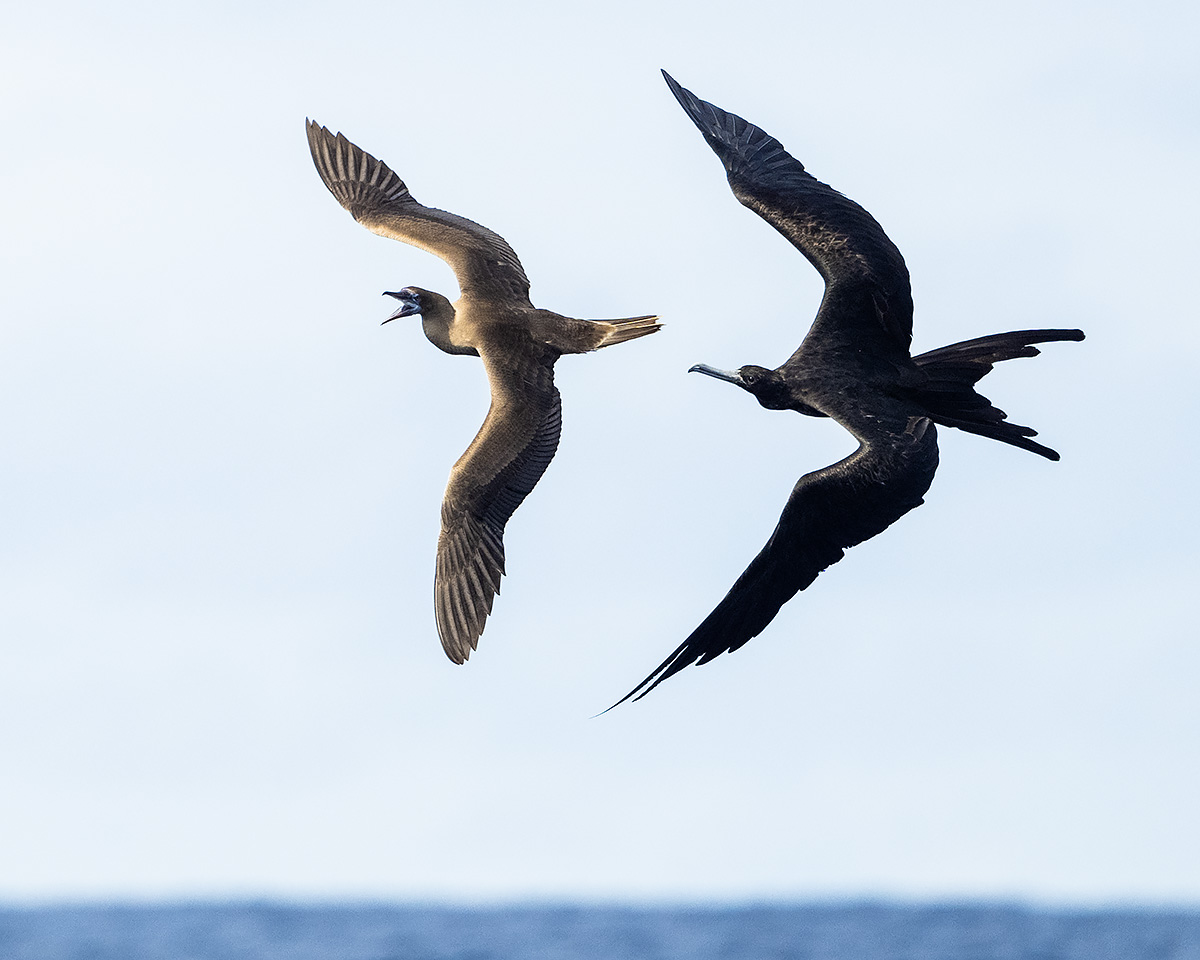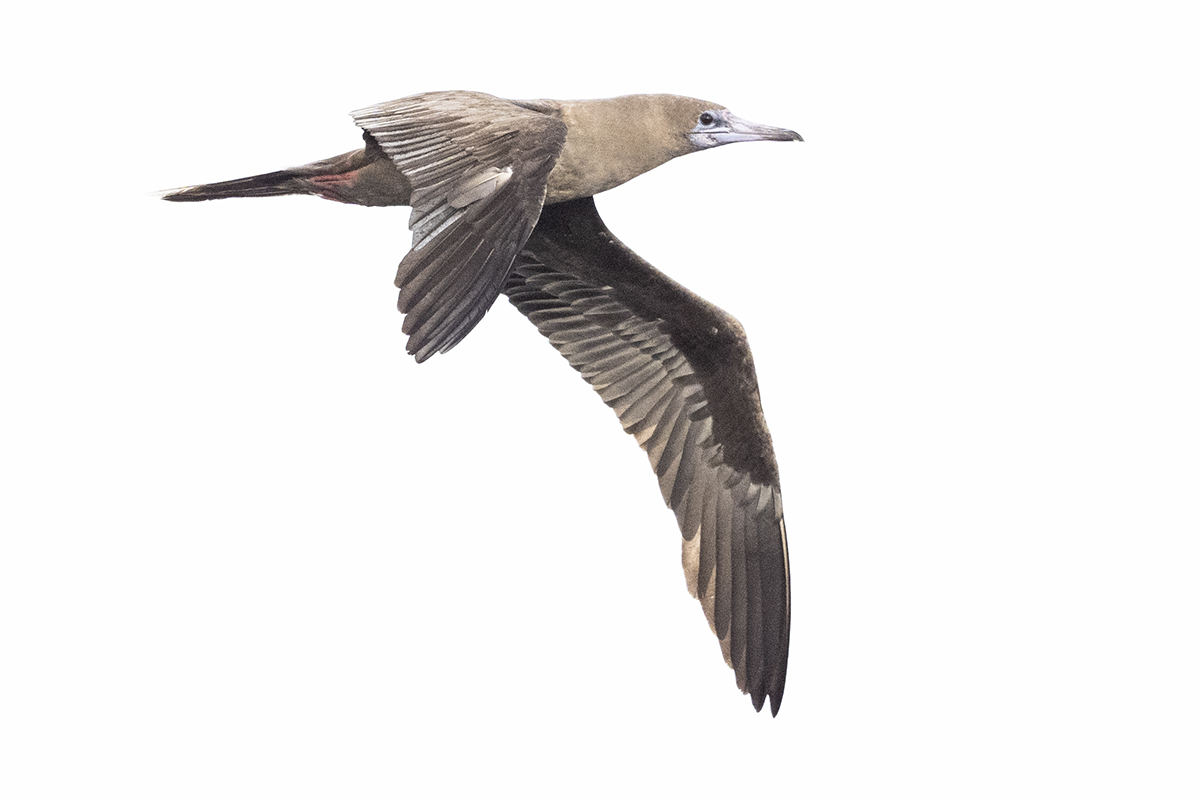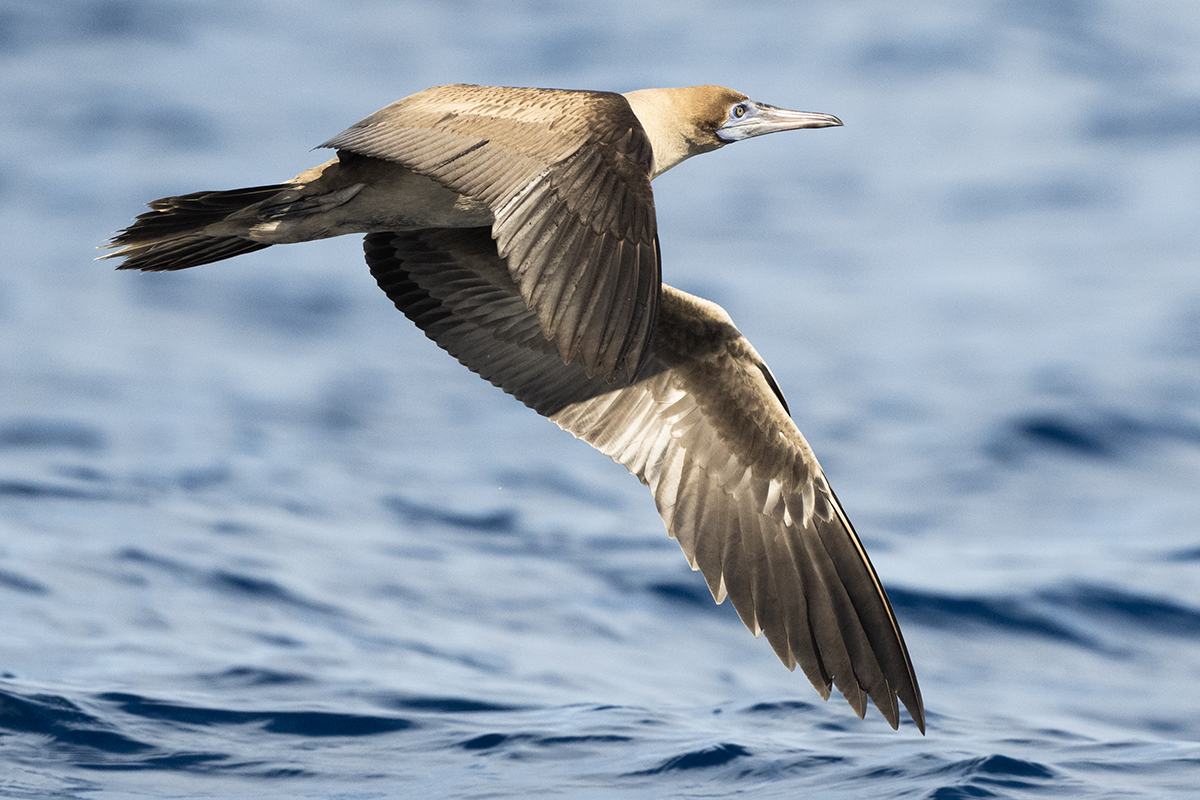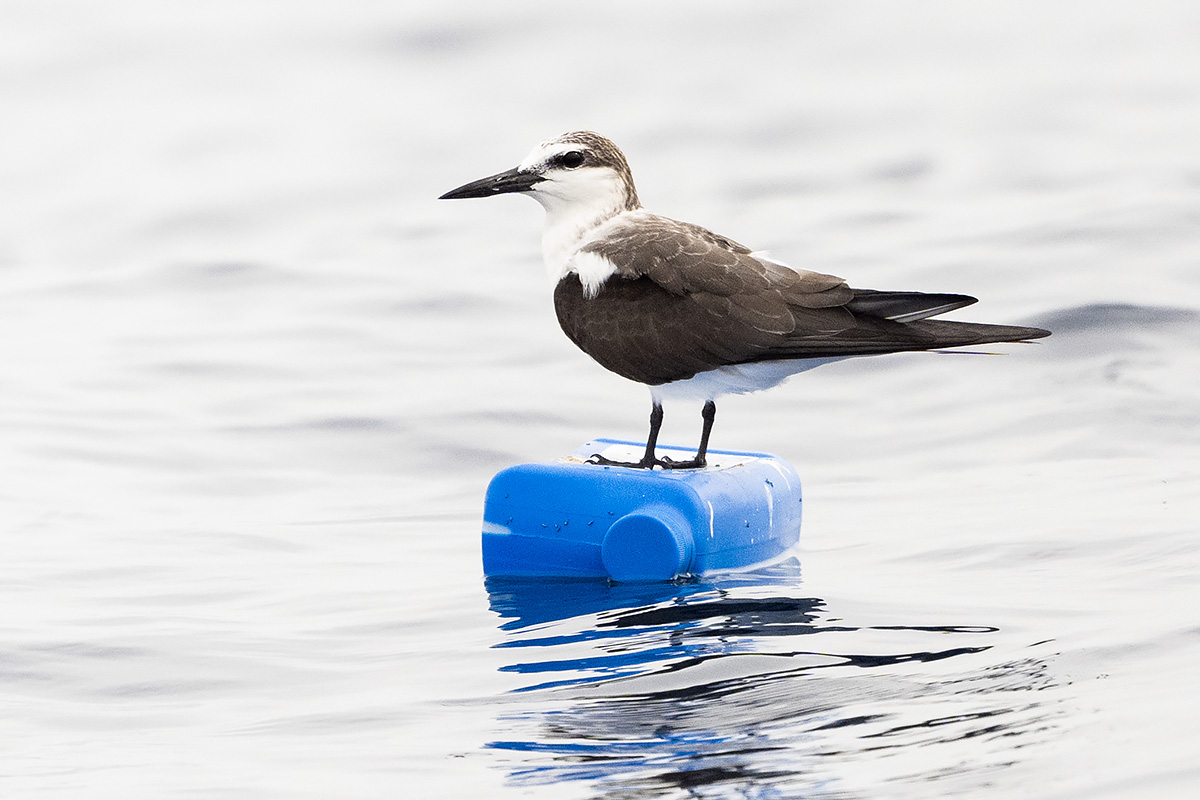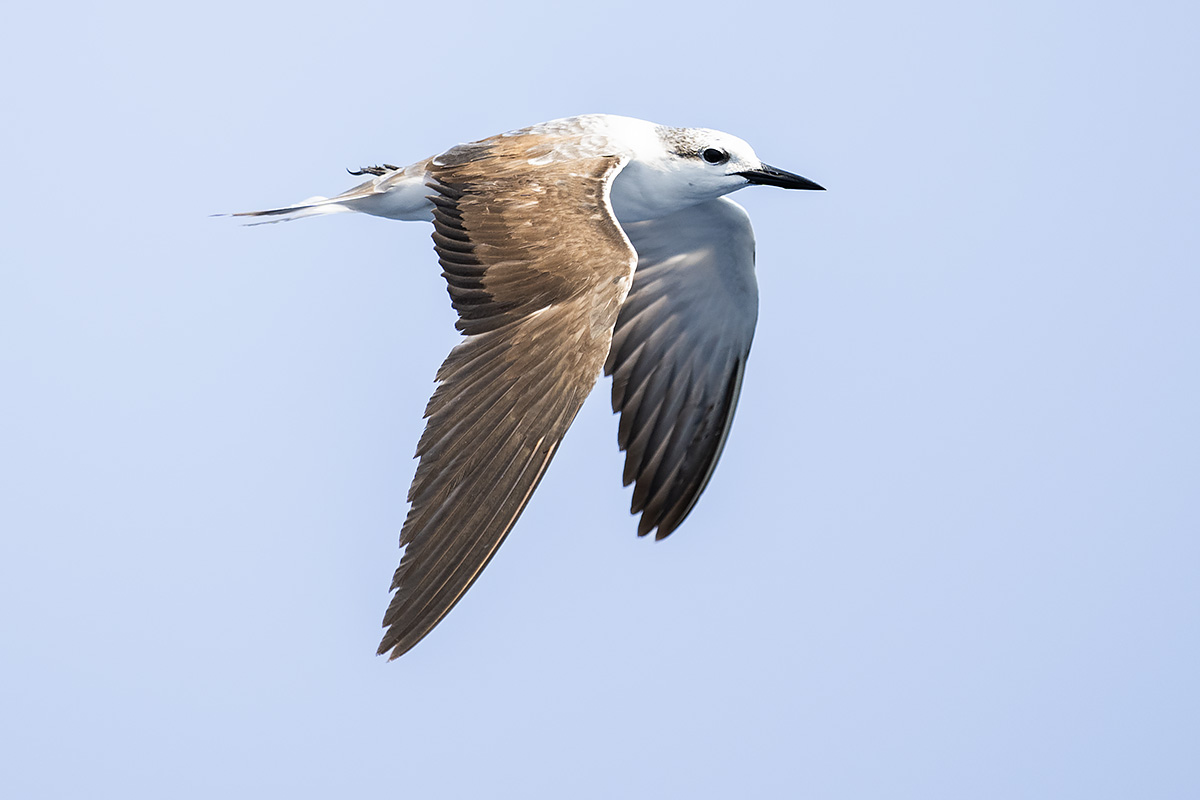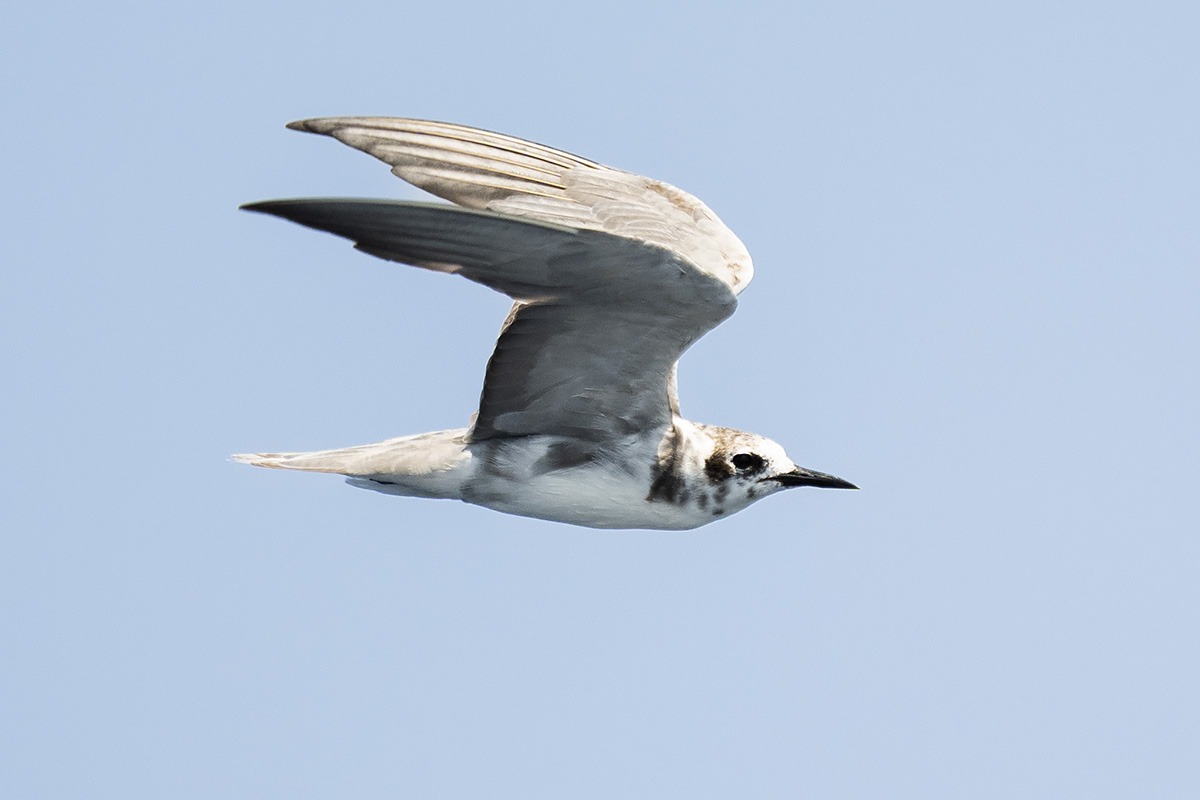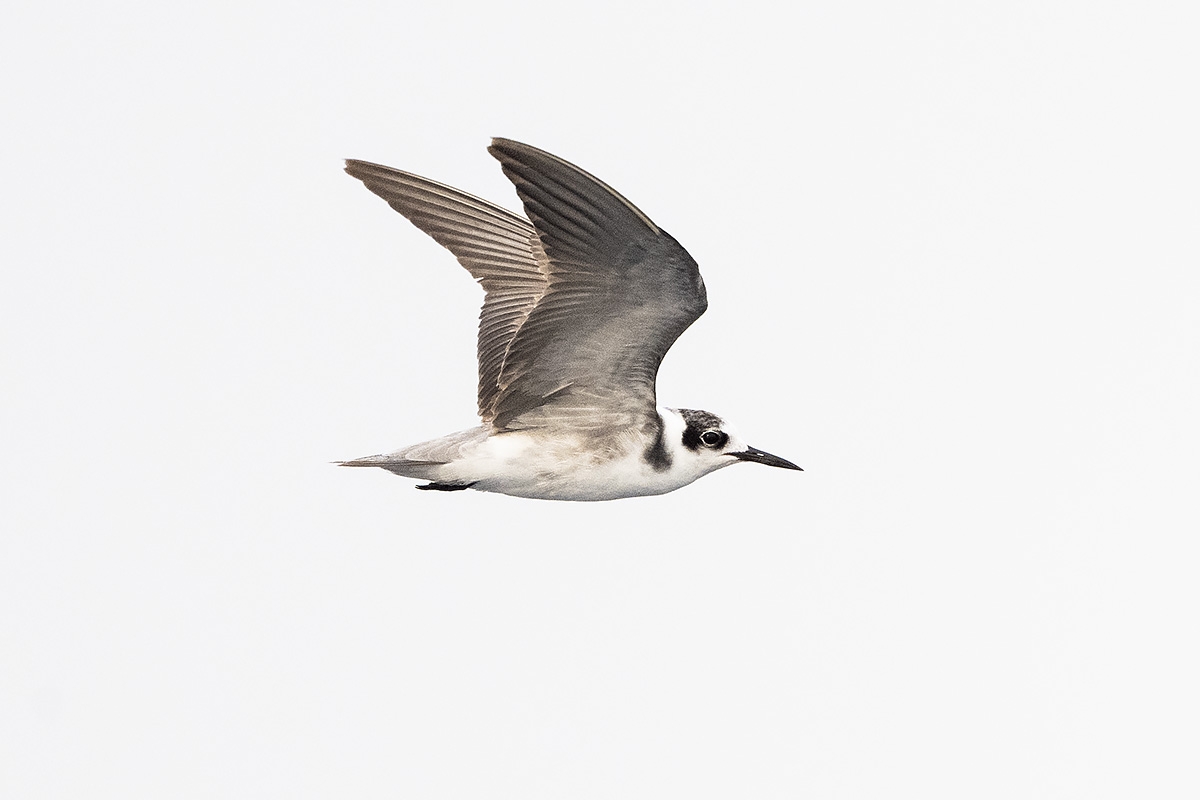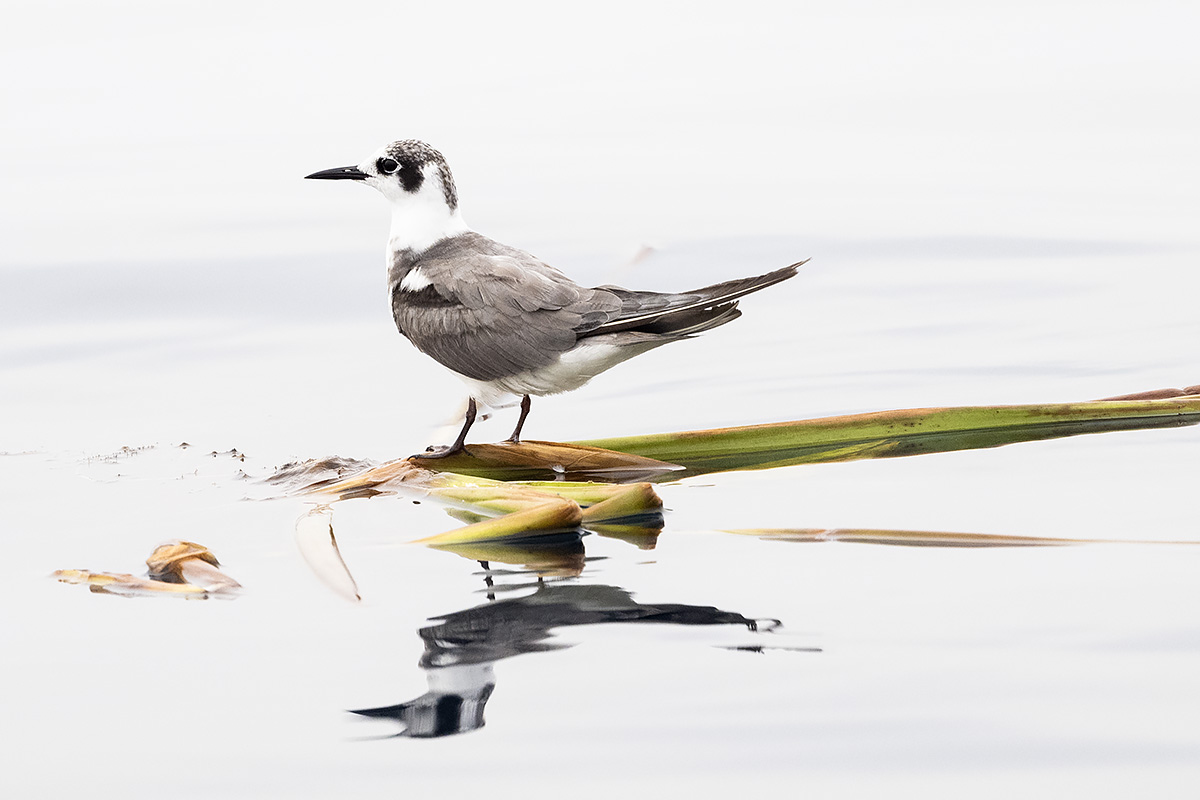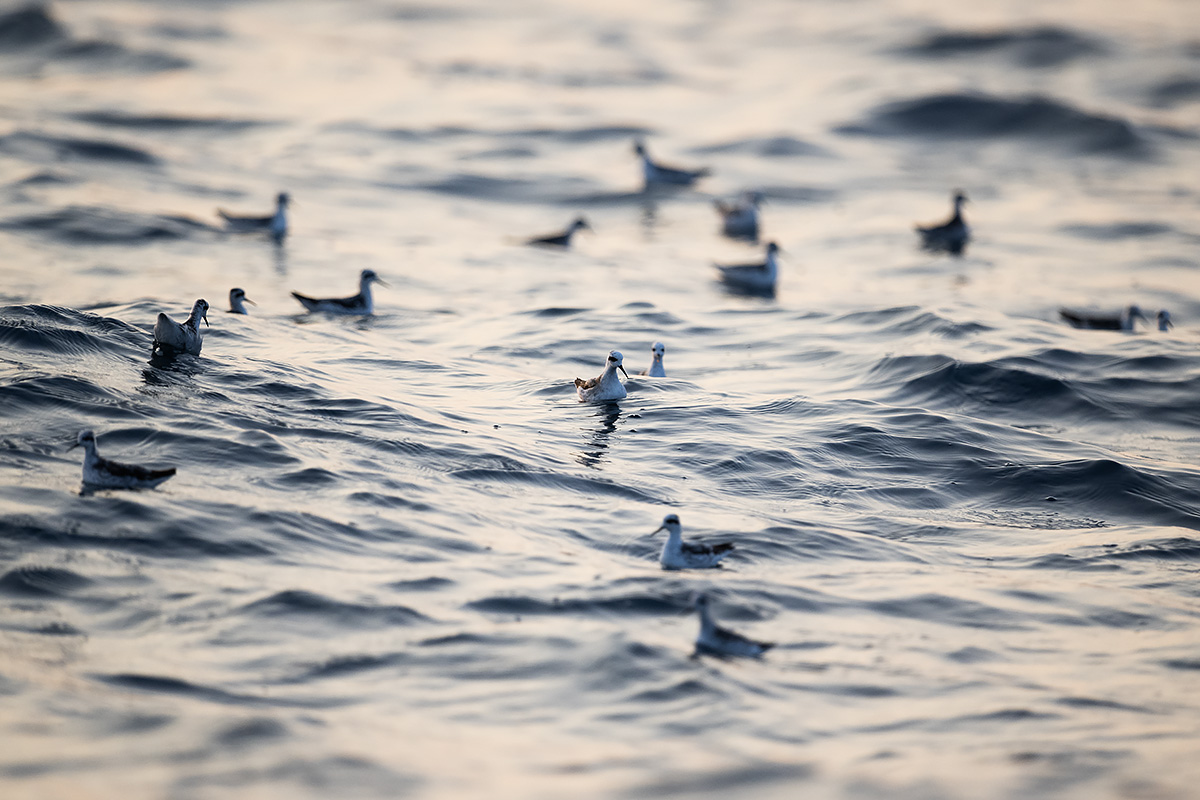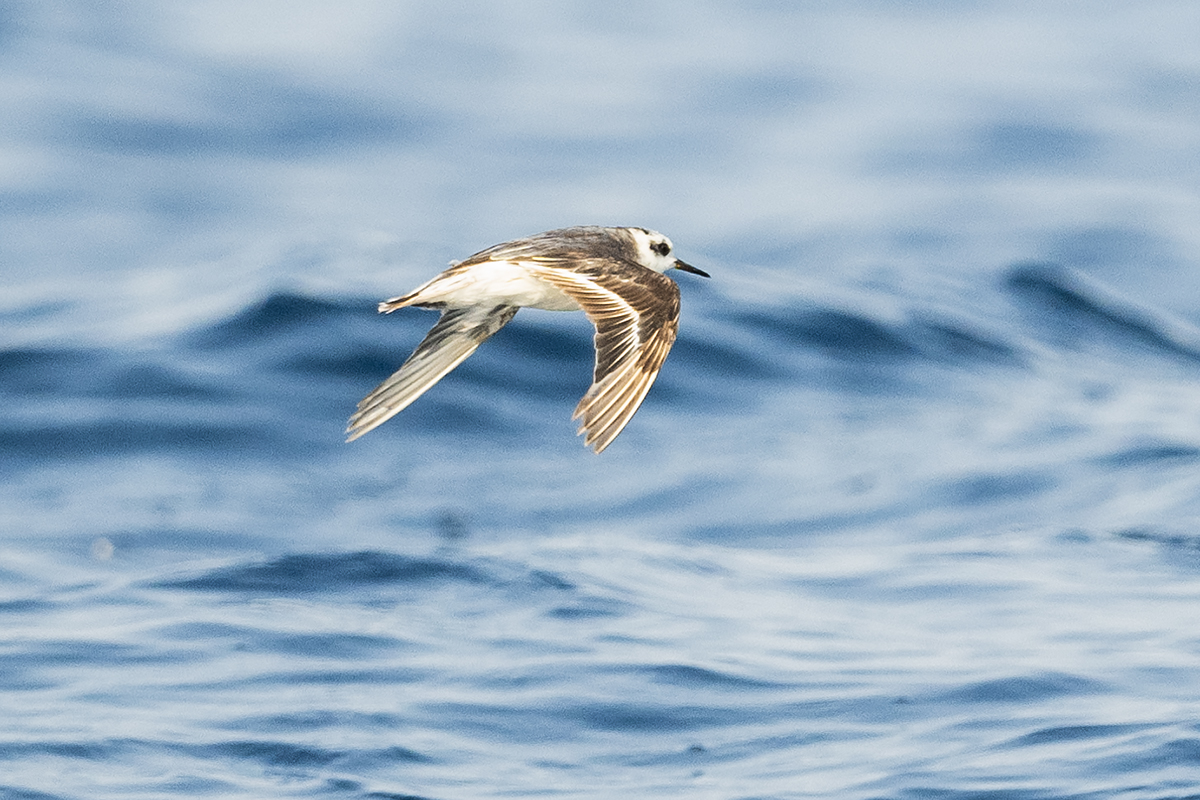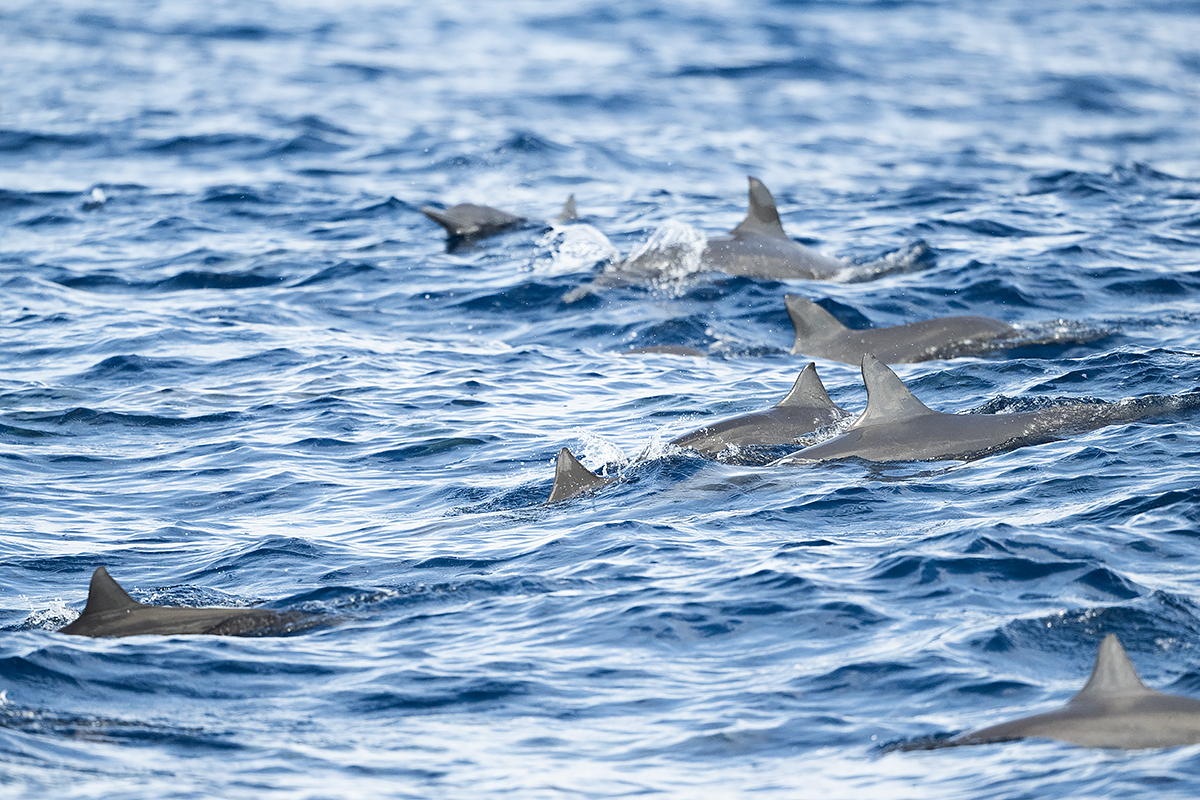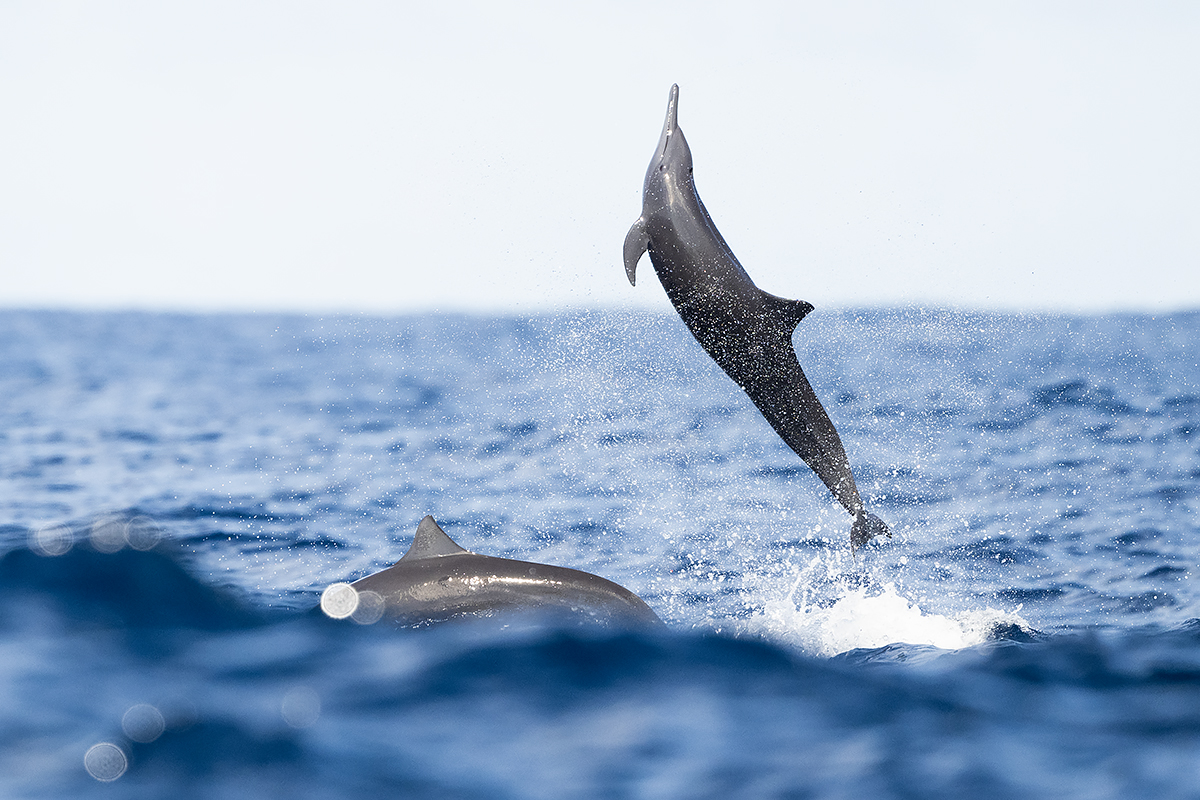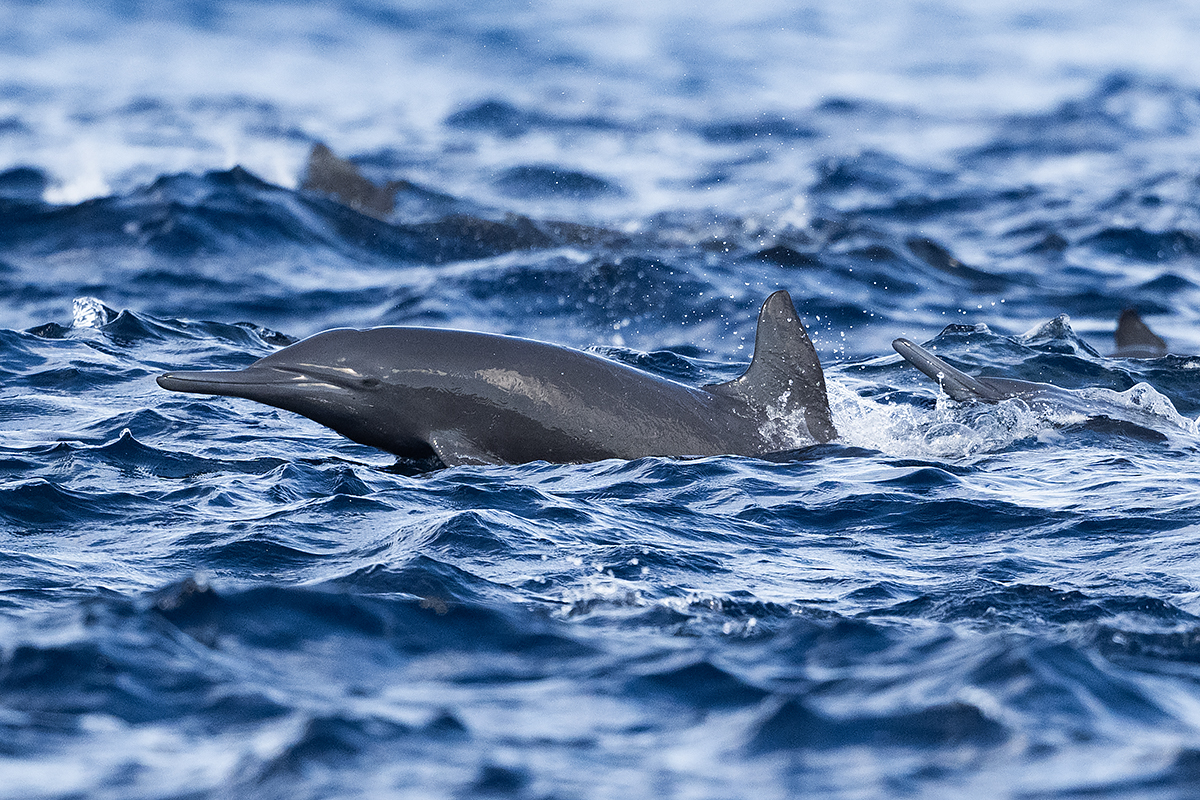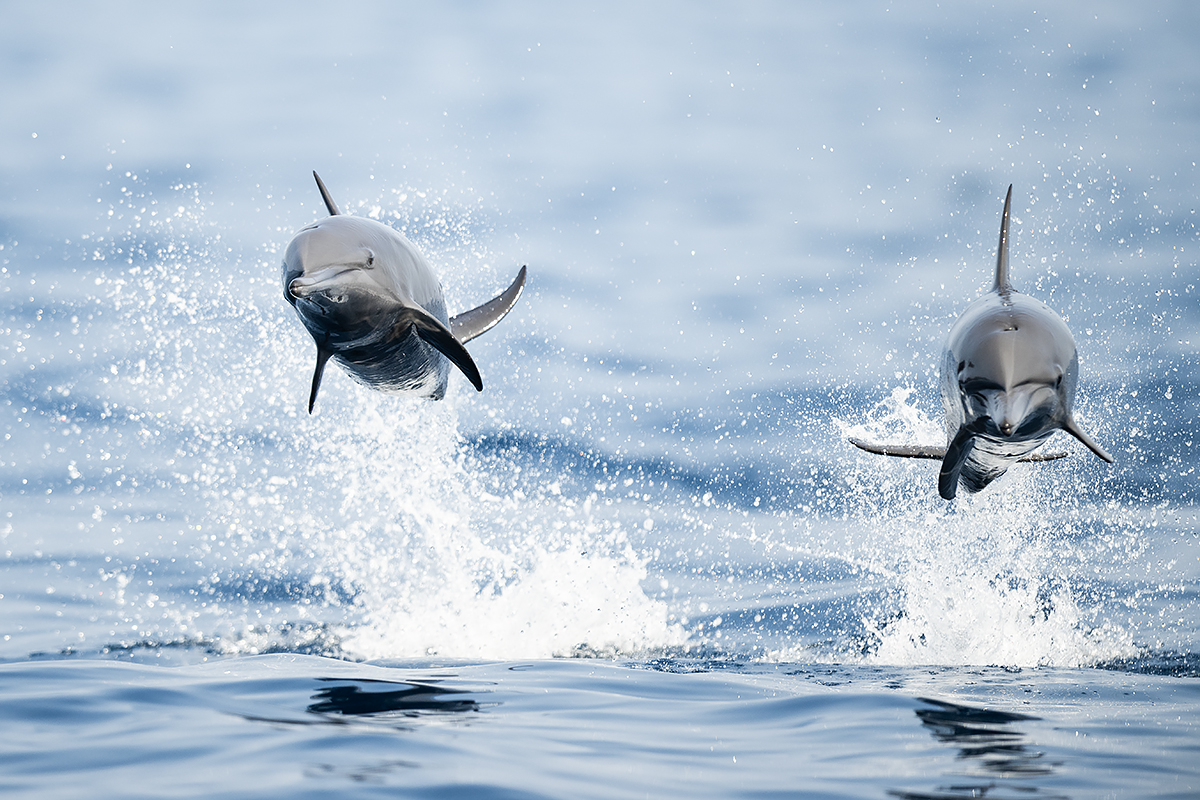Since there’s little information to find on seabird abundances and phenology off Guatemala’s Pacific coast – especially if you’re not trying to dig into and make sense of single ebird checklists (which unfortunately often contain misidentifications, questionable sightings and entries of re-identified birds that haven’t been removed) – I share brief accounts of the observations I had with a group of birders on a series of similar, 10 hour boat trips that I could thankfully join since early 2024. Including the crew, we were 13 people on small boats usually used for sports fishing. These were my first East Pacific pelagic experiences and they held some nice identification challenges! – input and corrections welcome, I’m learning a lot. We went 50 miles (80 km) off shore each time, reaching the area of an underwater canyon that stretches from Puerto el Quetzal to the south, opening out into the Middle America Trench.
Acknowlegements
Thank you to Ana Paula Oxom for organizing the trips, Alvaro Jaramillo for ID help regarding rare Storm-Petrels, the inaturalist community for identifying cetaceans etc. and all the participants for fun, educative and successful outings – constantly pushing for rare stuff and something new on their life lists 😉
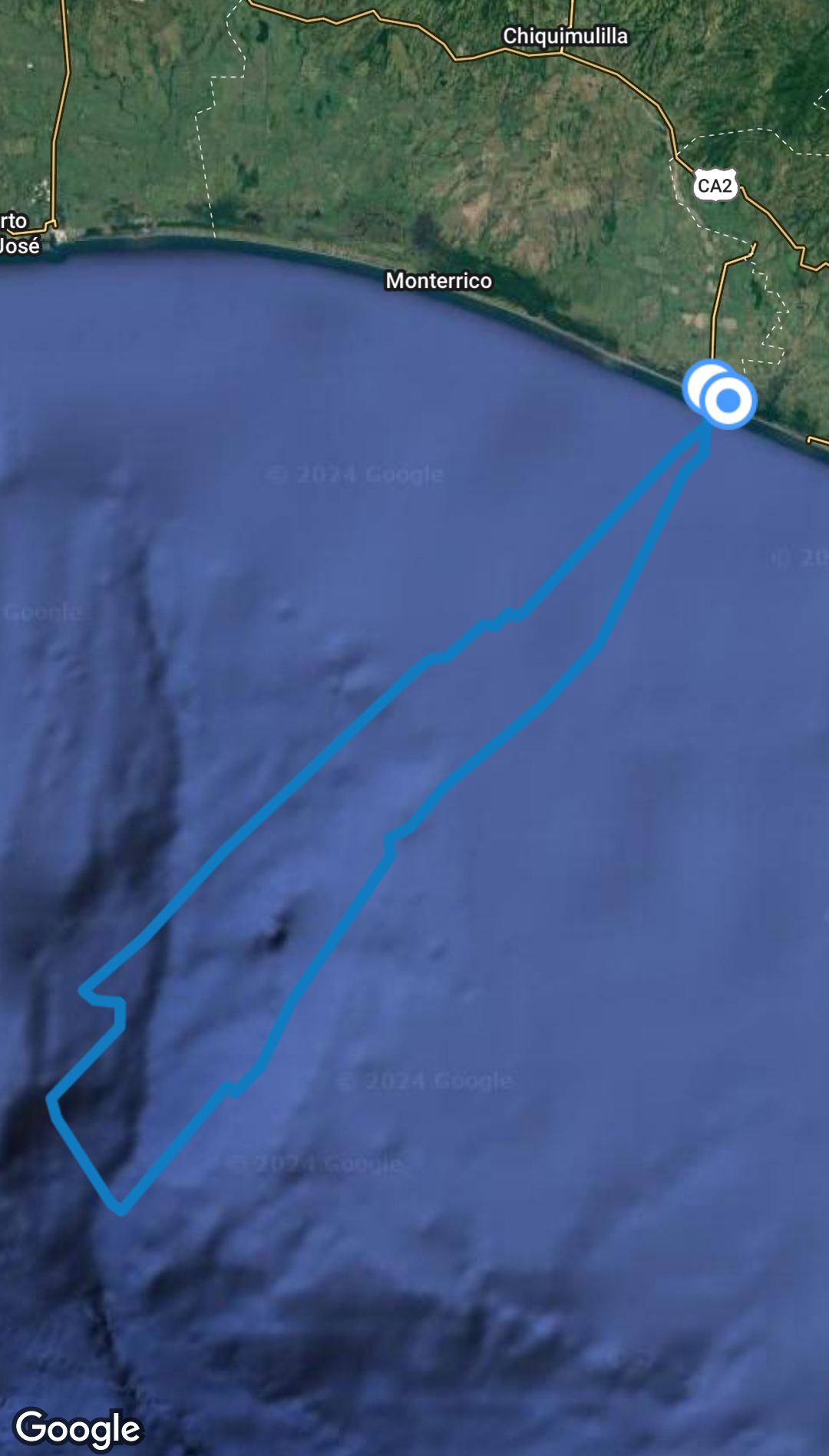
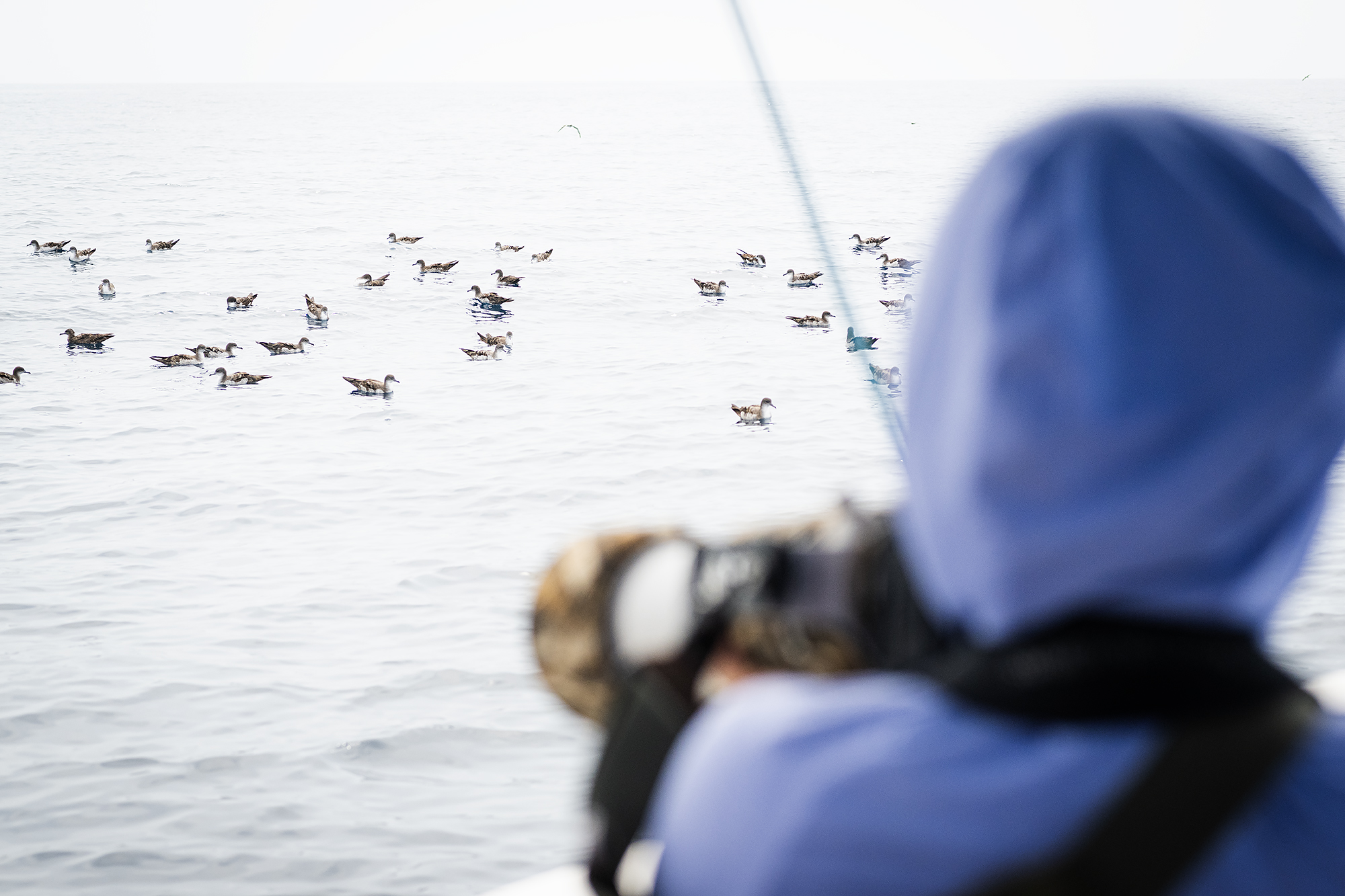
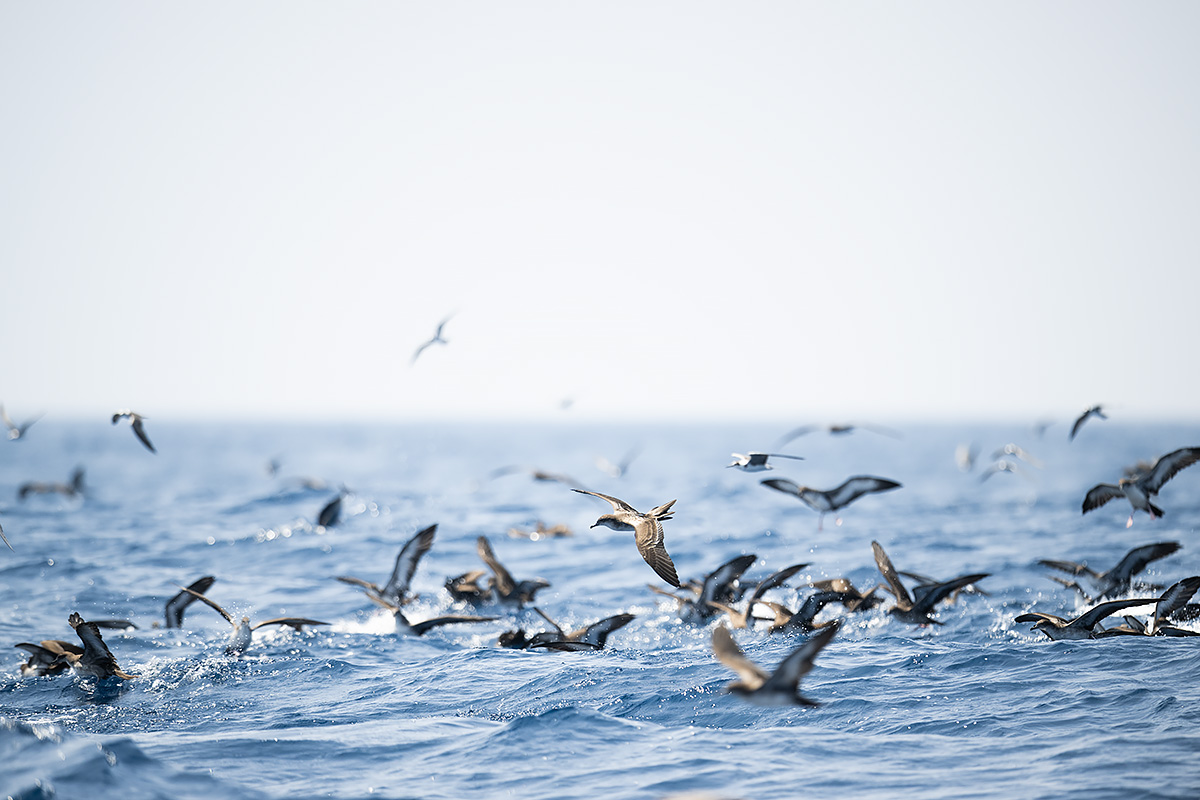
Birds
More shorebound, partially abundant seabirds are not included below, being Brown Pelican, Magnificent Frigatebird, Royal and Caspian Tern, Laughing and Franklin’s Gull.
„Rarities“
Most trips produced some extreme rarities for Guatemala, but nothing totally unexpected regarding the distribution of these species. The frequency of „rare“ birds is just an indicator for how few pelagic excursions have been done in this area (although there’s a steep increase of birders going out at sea in the past few years, visible on ebird). The rarest species from the Guatemalan records point of view being (documented records on ebird in parentheses) Blue-footed Booby (1st/2nd), Leach’s Storm-Petrel (1-2nd), Arctic Tern (2nd), Christmas Shearwater (3-4th), Markham’s Storm-Petrel (3-5th), Black-vented Shearwater (4-5th), Tahiti Petrel (5th), Red-billed Tropicbird (ca. 8th).
Skuas/Jaegers
Pomarine Jaeger (sticking with American names here) was always leading in numbers by far, with trips in March and December producing 13 and 25 of all age classes, in groups of up to 5 ind.. Arctic Jaeger was not safely identified on any of our trips and Long-tailed was rare with just two birds in December. South Polar Skua should be an option here but has apparently not been documented in Guatemala yet (reports on ebird are without photos or questionable).
Right: Long-tailed Jaeger / Falkenraubmöwe (Stercorarius longicaudus)
Shearwaters and Petrels
Wedge-tailed Shearwater was by far the most common tubenose, with 1000-2000 in March and December, but much smaller numbers in August. Almost all birds of the pale morph, single darker or very dark birds on each trip. Pink-footed Shearwater: 3 each in March and August. Galápagos Shearwater: 100-300 in March and December, much less in August. Christmas Shearwater: 2 in August. Black-vented Shearwater: 2 in December. Tahiti Petrel: 1 in August.
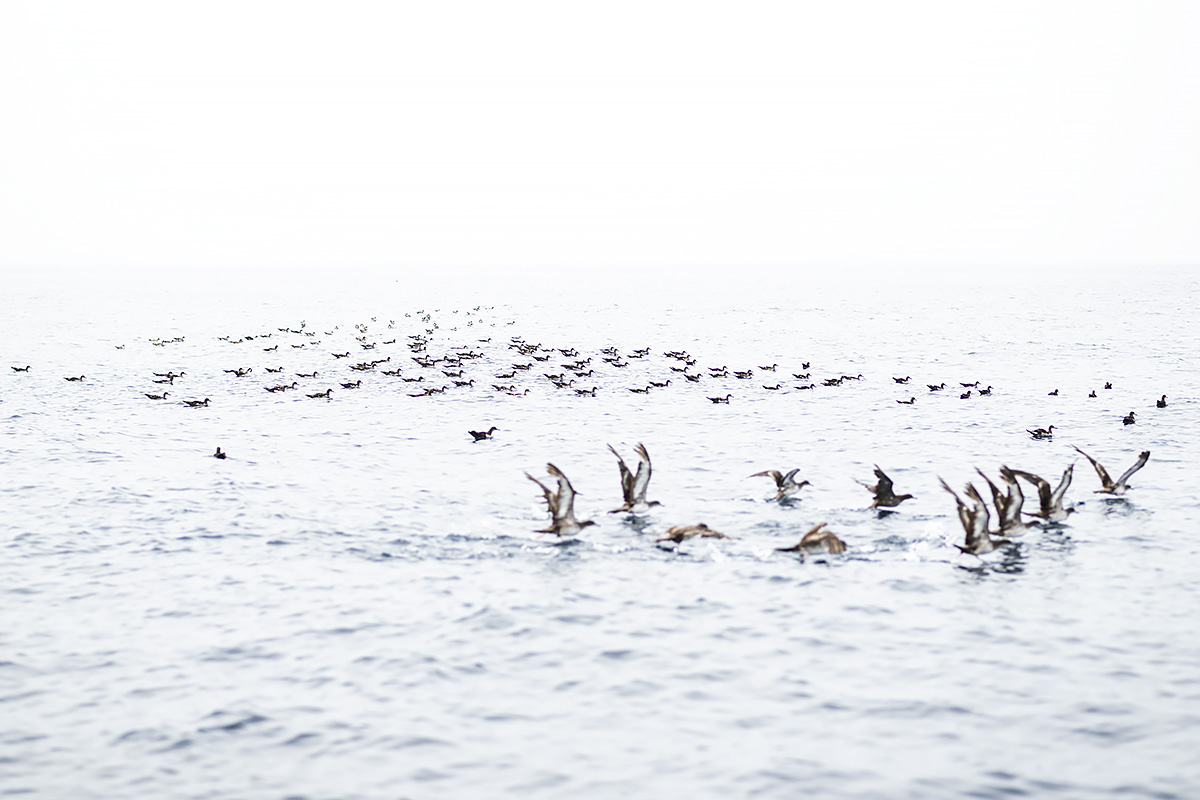
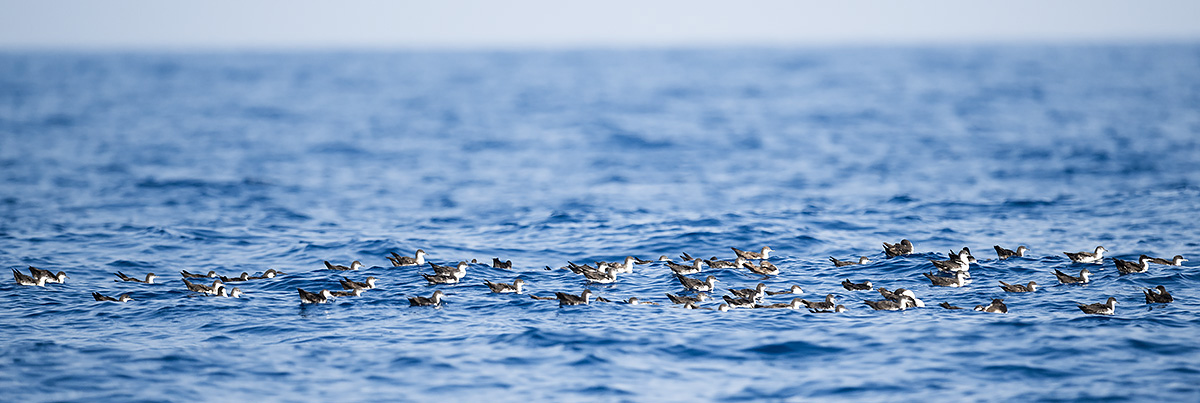
Storm-Petrels
Black Storm-Petrel: scarce on all trips, 3-15 ind., usually single birds. Least Storm-Petrel: smaller numbers than Black Storm-petrel in December and March, no sighting in August. In return, August provided three species that were not seen in December and March: Wedge-rumped Storm-Petrel (with 102 ind. the most numerous seabird on this trip), 2 Leach’s Storm-Petrel (dark-rumped birds of ssp. chapmani/soccoroensis) and 3 Markham’s Storm-Petrel.
Left: Least Storm-Petrel / Zwergwellenläufer (Hydrobates microsoma)
Right: Black Storm-Petrel / Schwarzwellenläufer (Hydrobates melania)
Tropicbirds
1 juv. Red-billed Tropicbird on 10th August 2024.
Boobies
Four species, three of those regular in rather small numbers on all trips. Nazca Booby was the most common booby species in August (20 ind.), Cocos Booby the most common in March (12 ind.) – when, before the ebird split in October 2024, we still called it Brown Booby. Mostly first-cycle birds. Red-footed Booby was the most common in August (8 ind.), always entirely dark birds (difficult to age for me). 1 immature Blue-footed Booby in December was a big highlight for Guatemalan listers.
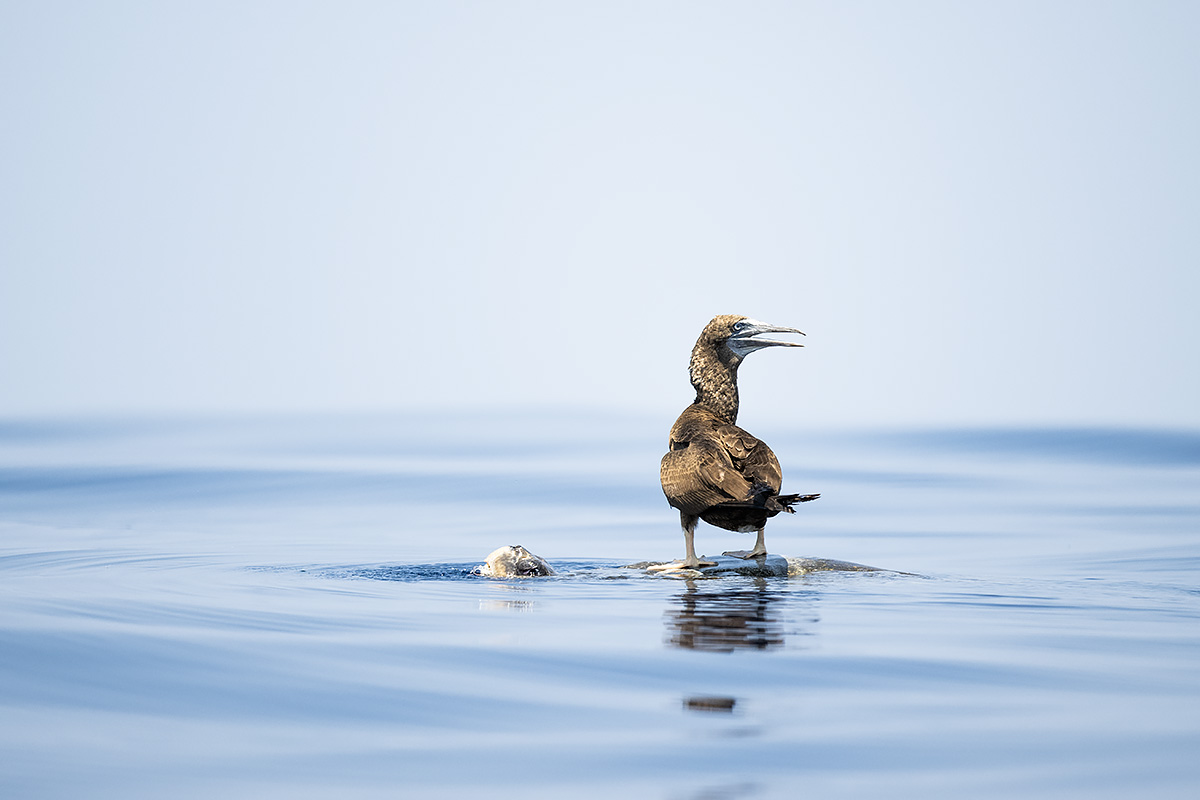
Terns (excluding Royal and Caspian, which are abundant along the shore)
Bridled Tern was seen in March and December (1-2 ind.). Black Tern was abundant in March (300 ind.), scarce in August (15 ind.) and common in December (63 ind.). Common Tern was seen in March (2 ind.) and December (18 ind.). Arctic Tern: 1 adult in August.
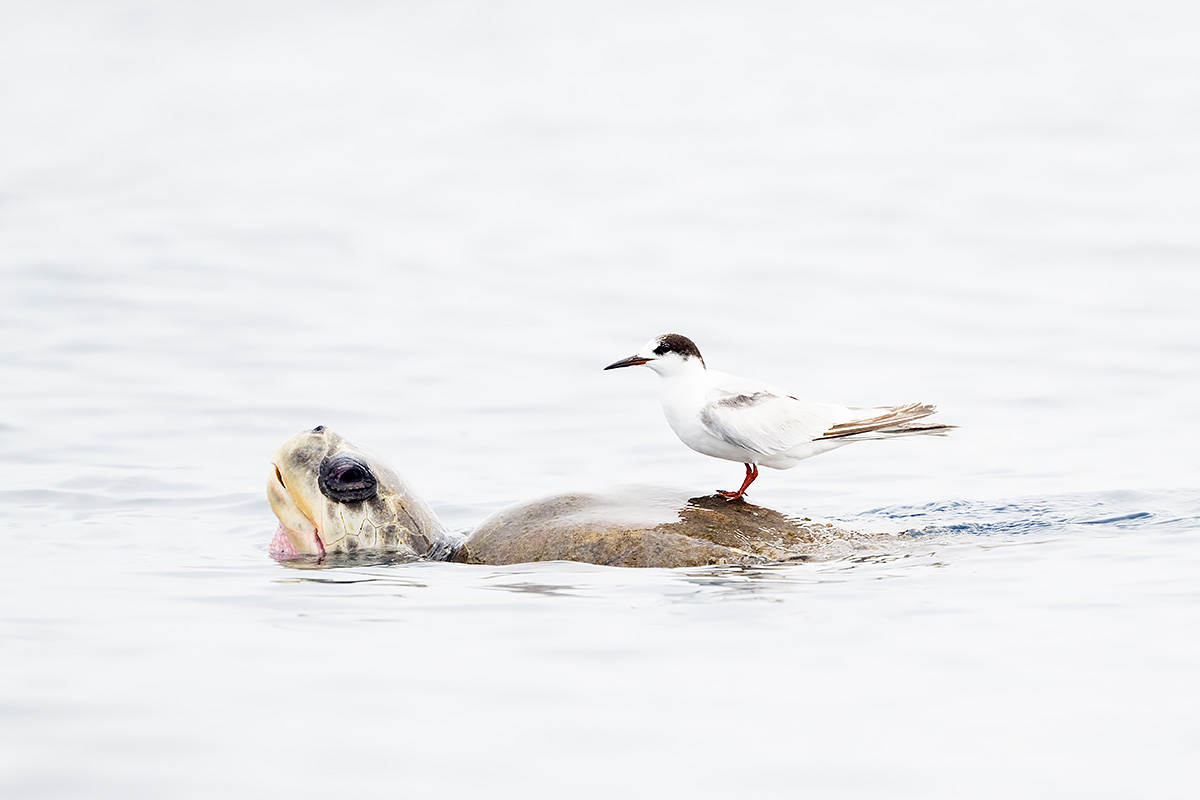
Sabine’s Gull
2 ind. in March, 70 ind. in August, none in December.
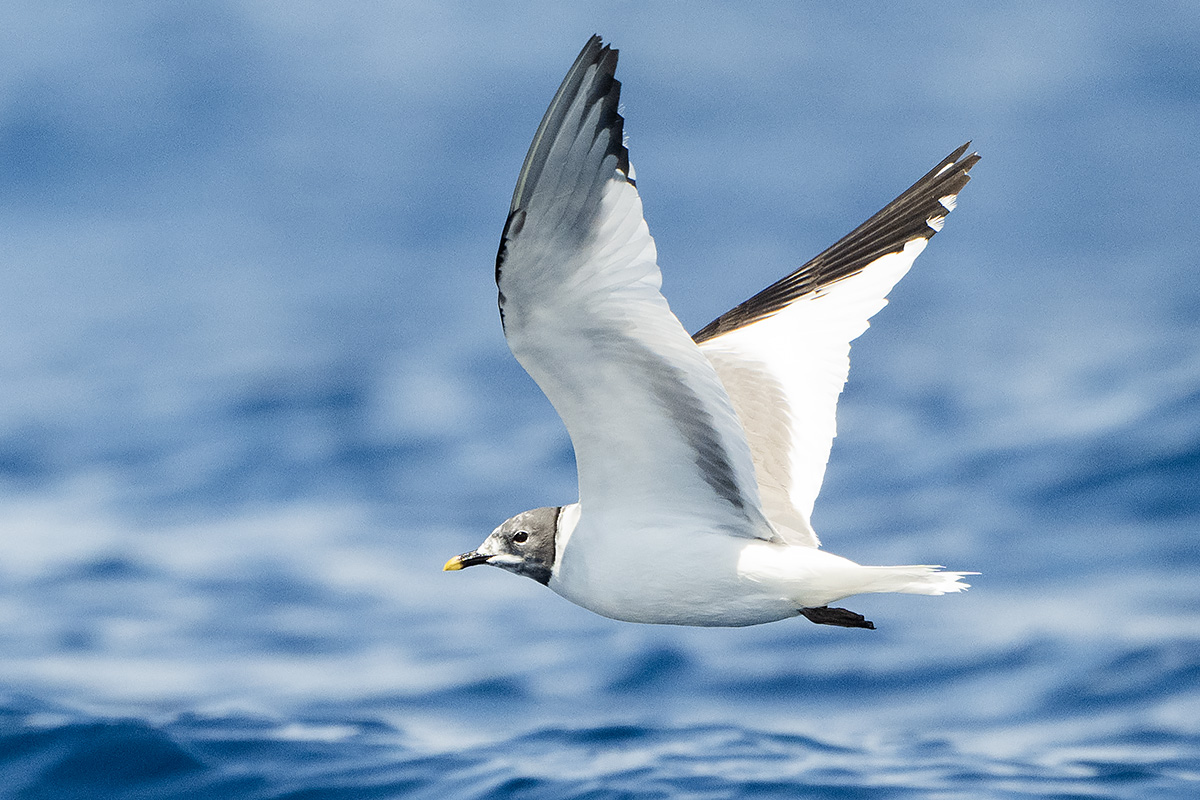
Phalaropes
Red-necked Phalarope: Common in March and December (100 and 20 ind.), only one in August.
Red (Grey) Phalarope: 4 ind. in March, 1 ind. in August, none in December.
Cetaceans etc.
Besides birds, other marine life that stood out were the large groups of Spinner Dolphins (pods with hundreds of animals on every trip), smaller pods of Pantropical Spotted Dolphins, Common Bottlenose Dolphins, Indo-Pacific Sailfish, groups of Eden’s (Bryde’s) Whale, Cuvier’s Beaked Whale and the sometimes very high density of marine turtles (probably 100+ seen on trips, often „marked“ by terns or boobies perching on animals at the surface).
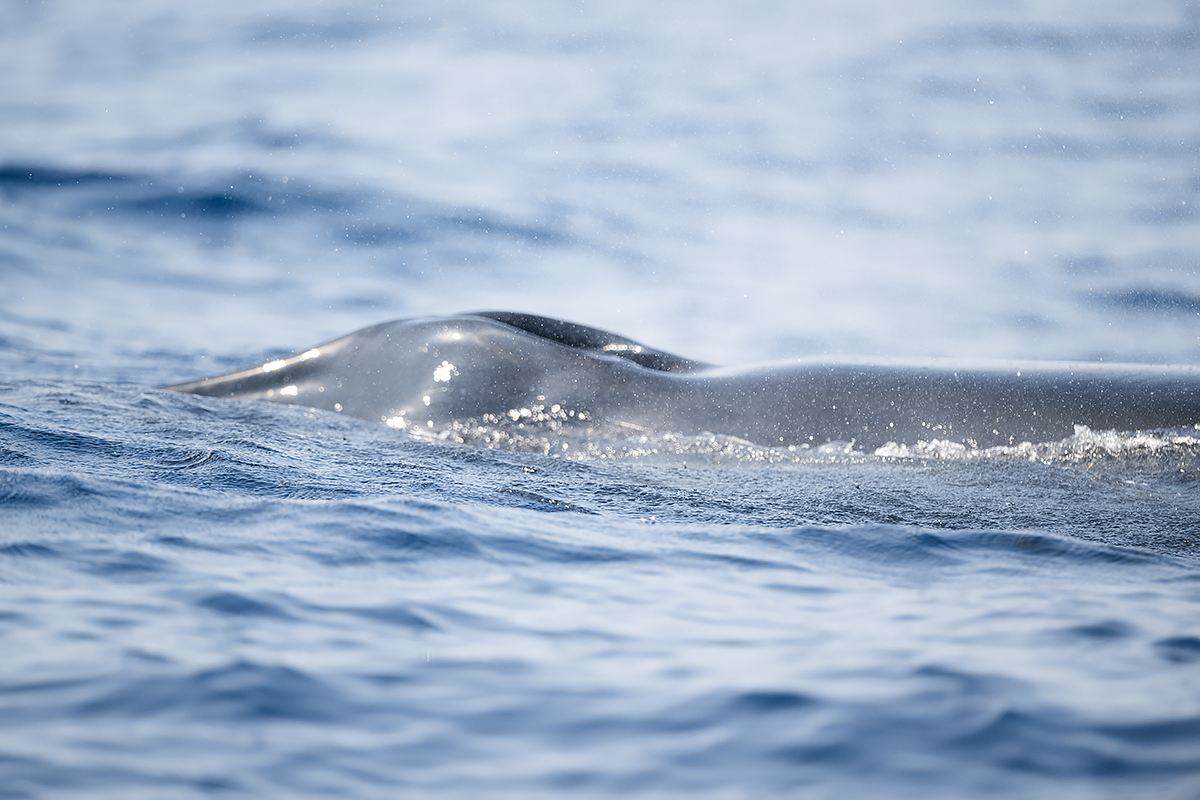
Eden’s Whale / Edenwal (Balaenoptera edeni) 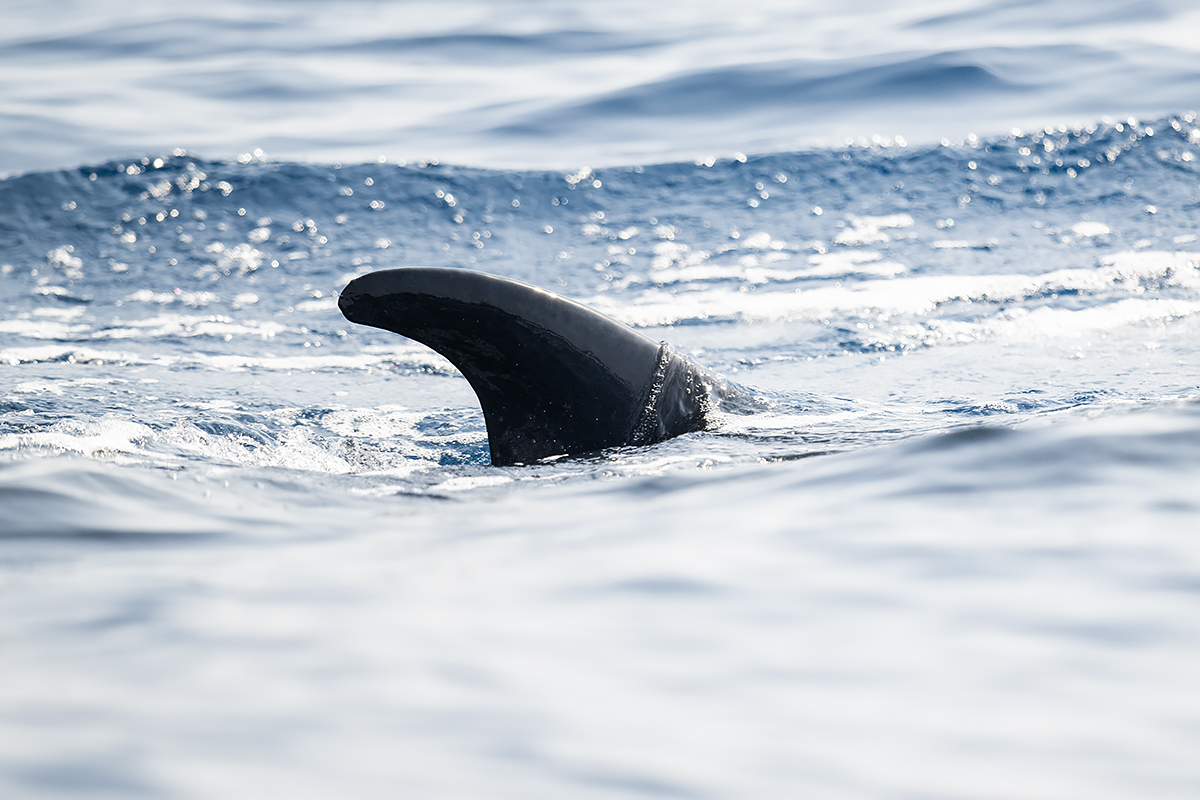
Eden’s Whale / Edenwal (Balaenoptera edeni) 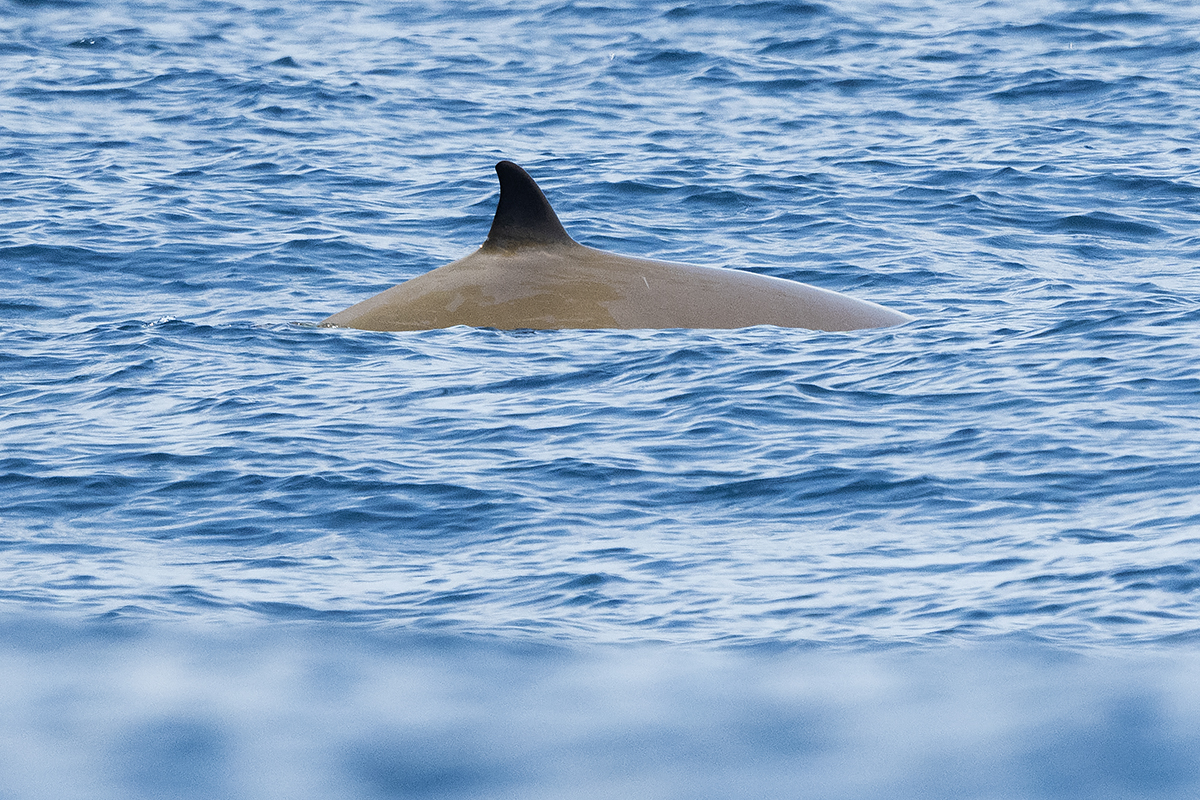
Cuvier-Schnabelwal / Cuvier’s Beaked Whale (Ziphius cavirostris) 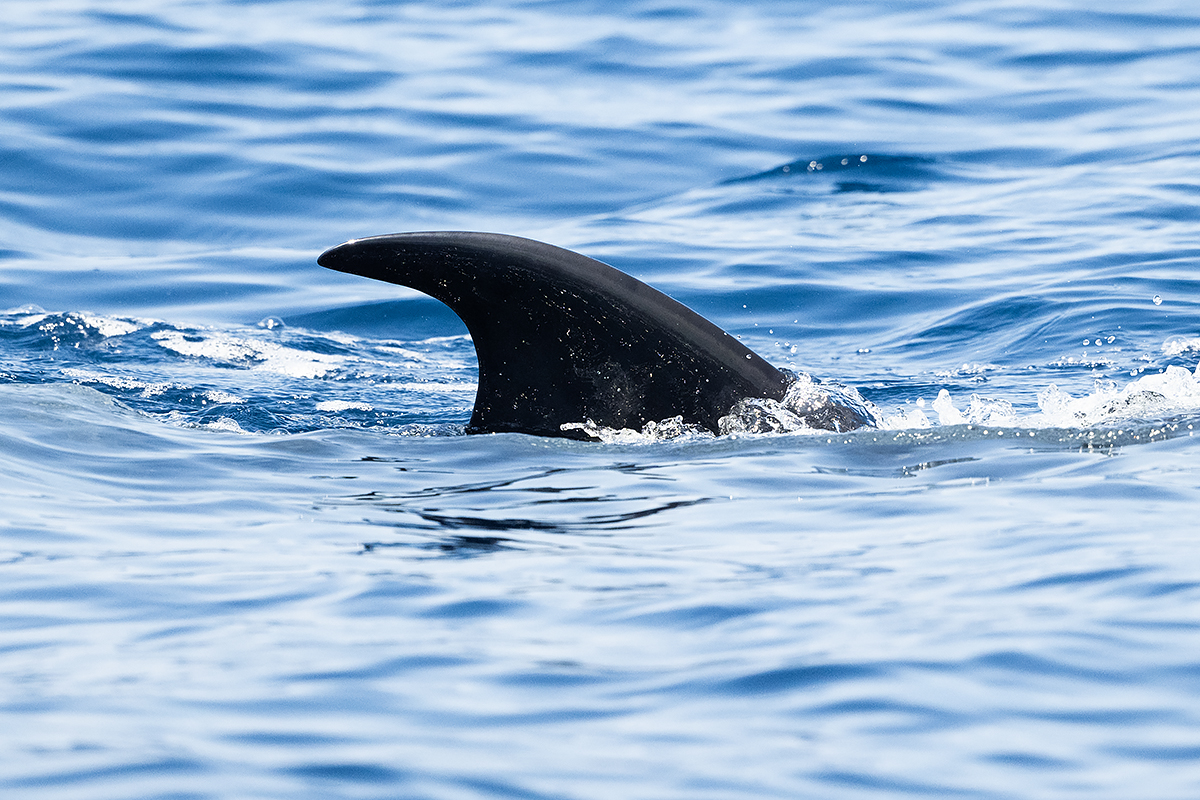
Pantropical Spotted Dolphin / Schlankdelfin (Stenella attentuata)
Trip accounts
11th March 2024, 6 a.m.-4 p.m., clear, light winds
4 Red Phalarope, 100 Red-necked Phalarope, 13 Pomarine Jaeger, 2 Sabine’s Gull, 2 Bridled Tern, 300 Black Tern, 2 Common Tern, 12 Sandwich Tern, 2 Elegant Tern, 15 Black Storm-Petrel, 4 Least Storm-Petrel, 3 Pink-footed Shearwater, 2000 Wedge-tailed Shearwater in groups of several hundred to 1000, 300 Galápagos Shearwater (groups of up to 100), 3 Red-footed Booby, 12 Cocos Booby, 6 Nazca Booby.
10th August 2024, 6 a.m.-3 p.m., mostly clear, short rain showers, light winds
1 Red Phalarope, 1 Red-necked Phalarope, 1 Pomarine Jaeger, 70 Sabine’s Gull, 15 Black Tern, 1 Arctic Tern, 1 Common Tern, 1 Red-billed Tropicbird, 8 Black Storm-Petrel, 102 Wedge-rumped Storm-Petrel, 2 Leach’s Storm-Petrel (dark-rumped, presumed ssp. chapmani/soccoroensis), 3 Markham’s Storm-Petrel, 1 Tahiti Petrel, 2 Christmas Shearwater, 3 Pink-footed Shearwater, 66 Wedge-tailed Shearwater, 16 Galápagos Shearwater, 8 Red-footed Booby, 3 Cocos Booby, 20 Nazca Booby.
29th December 2024, 7 a.m.-5 p.m., clear, light winds
20 Red-necked Phalarope, 2 Long-tailed Jaeger, 25 Pomarine Jaeger, 1 Bridled Tern, 63 Black Tern, 18 Common Tern, 3 Black Storm-Petrel, 1 Least Storm-Petrel, 942 Wedge-tailed Shearwater, 101 Galápagos Shearwater, 2 Black-vented Shearwater, 2 Red-footed Booby, 9 Cocos Booby, 2 Nazca Booby, 1 Blue-footed Booby.

